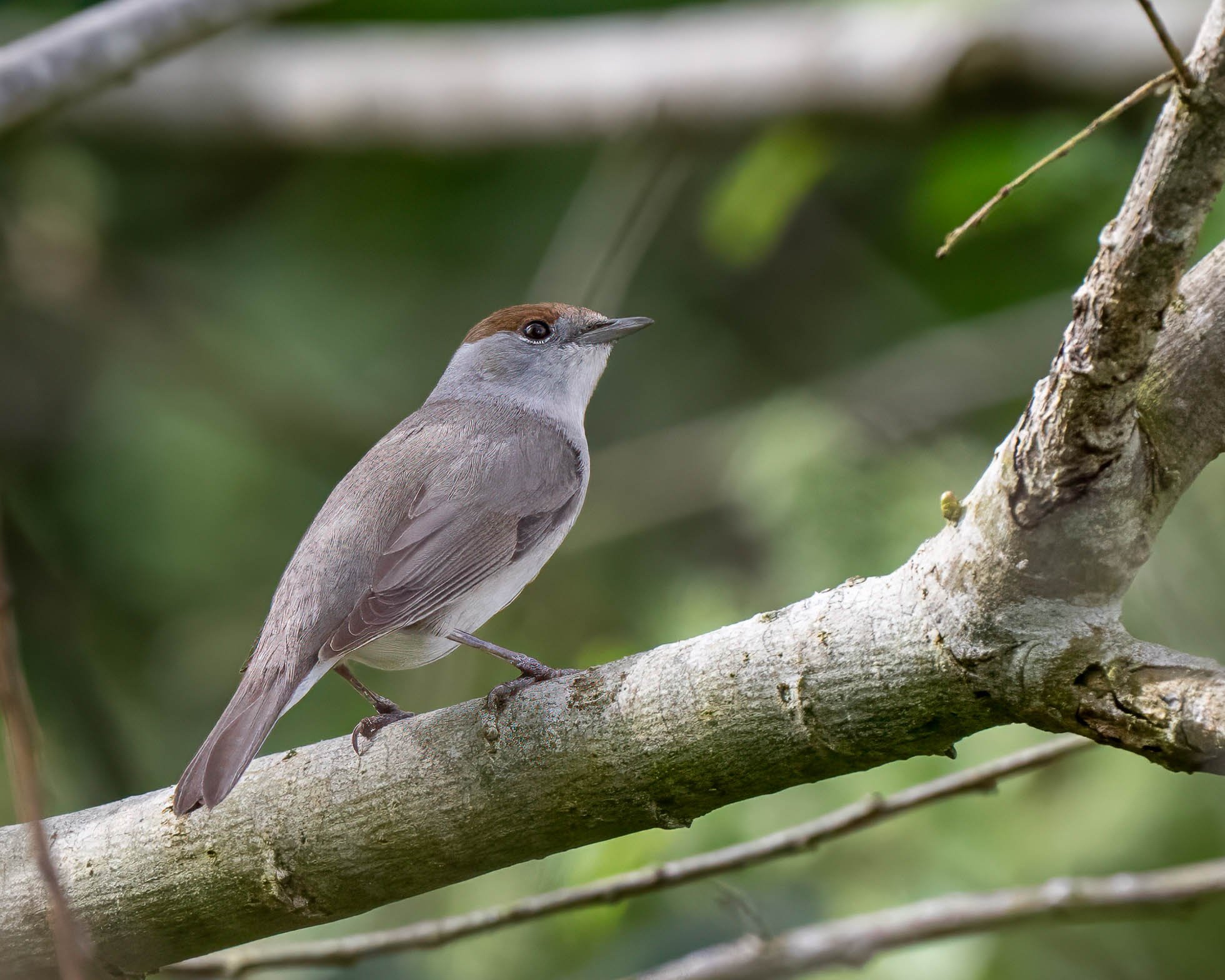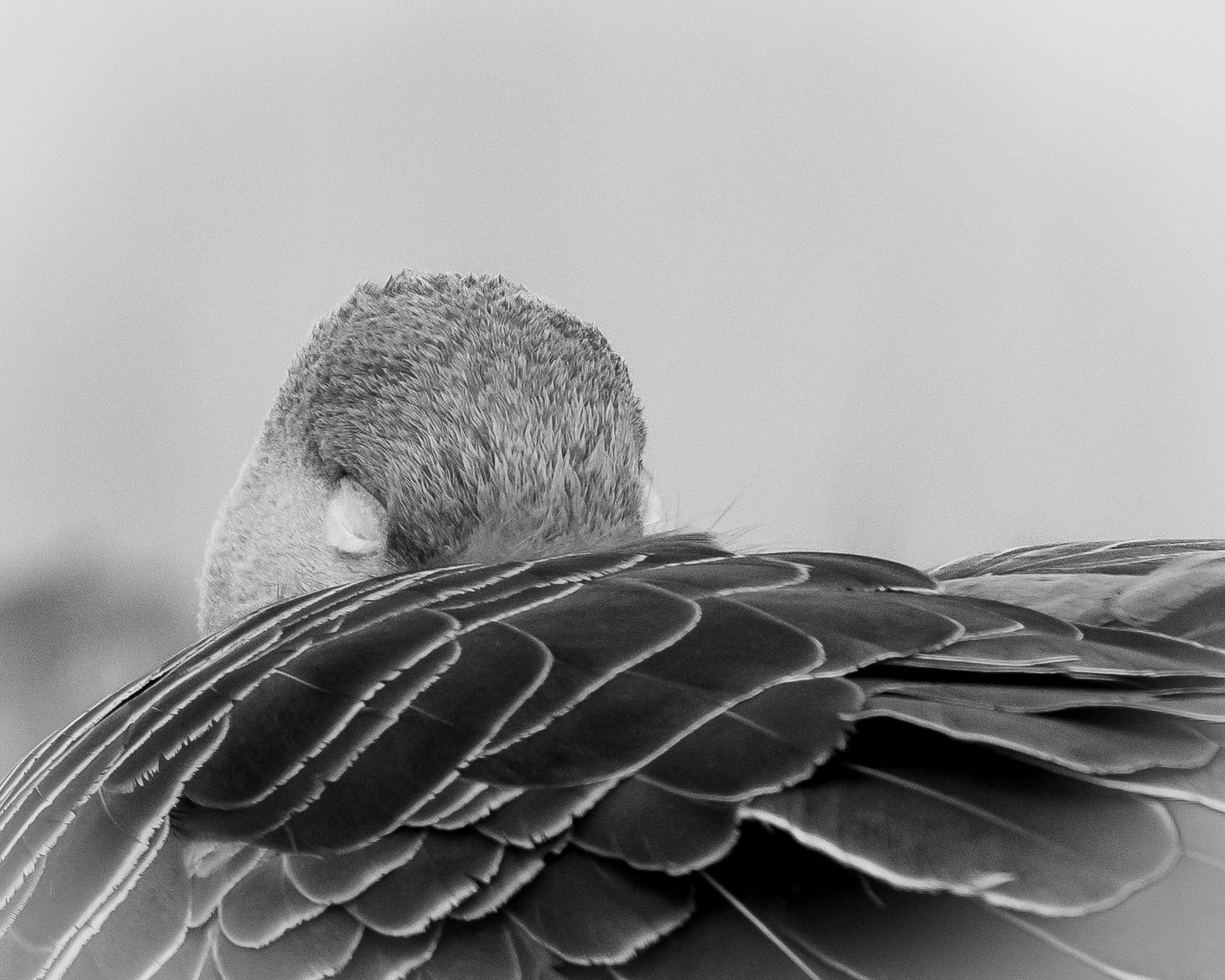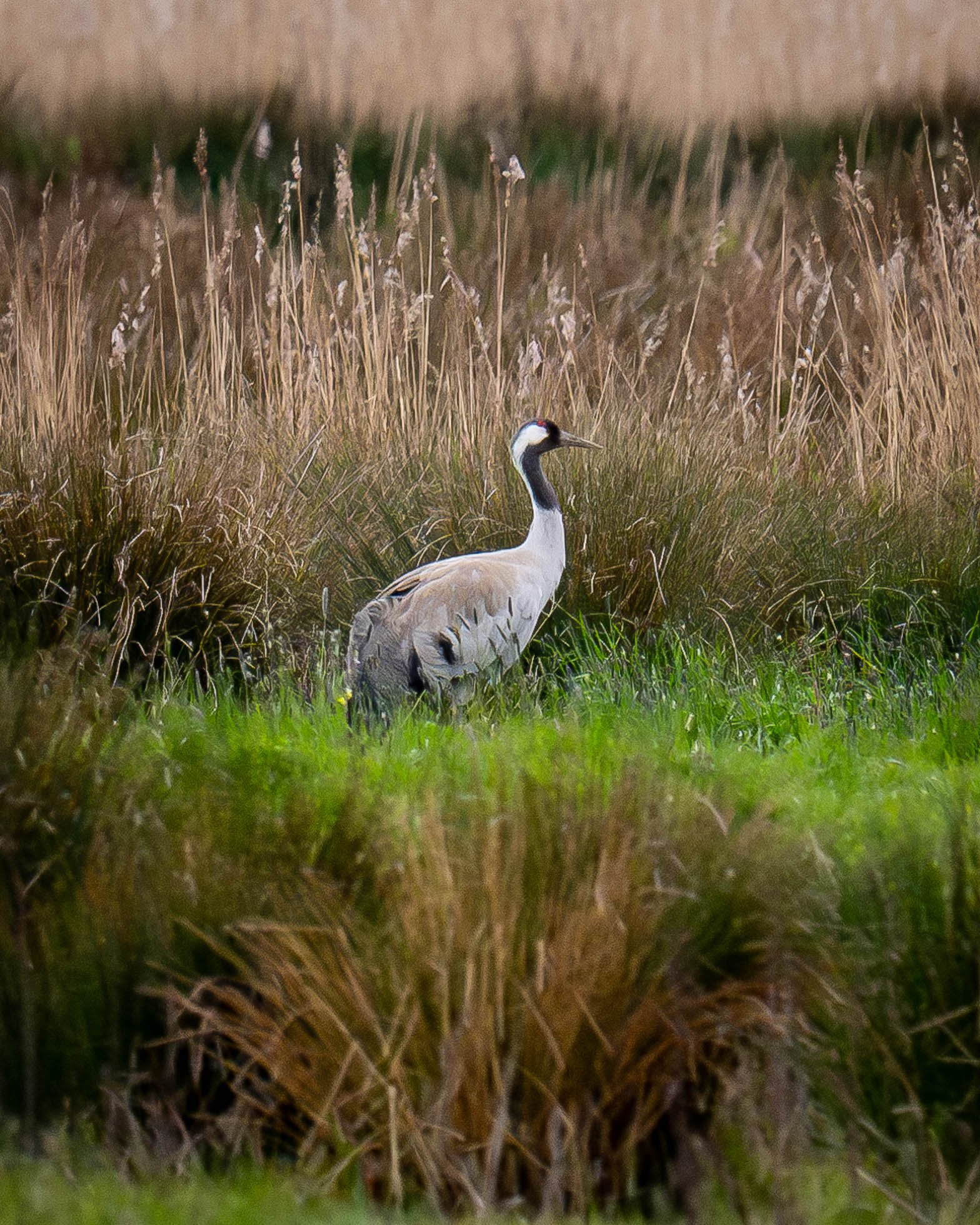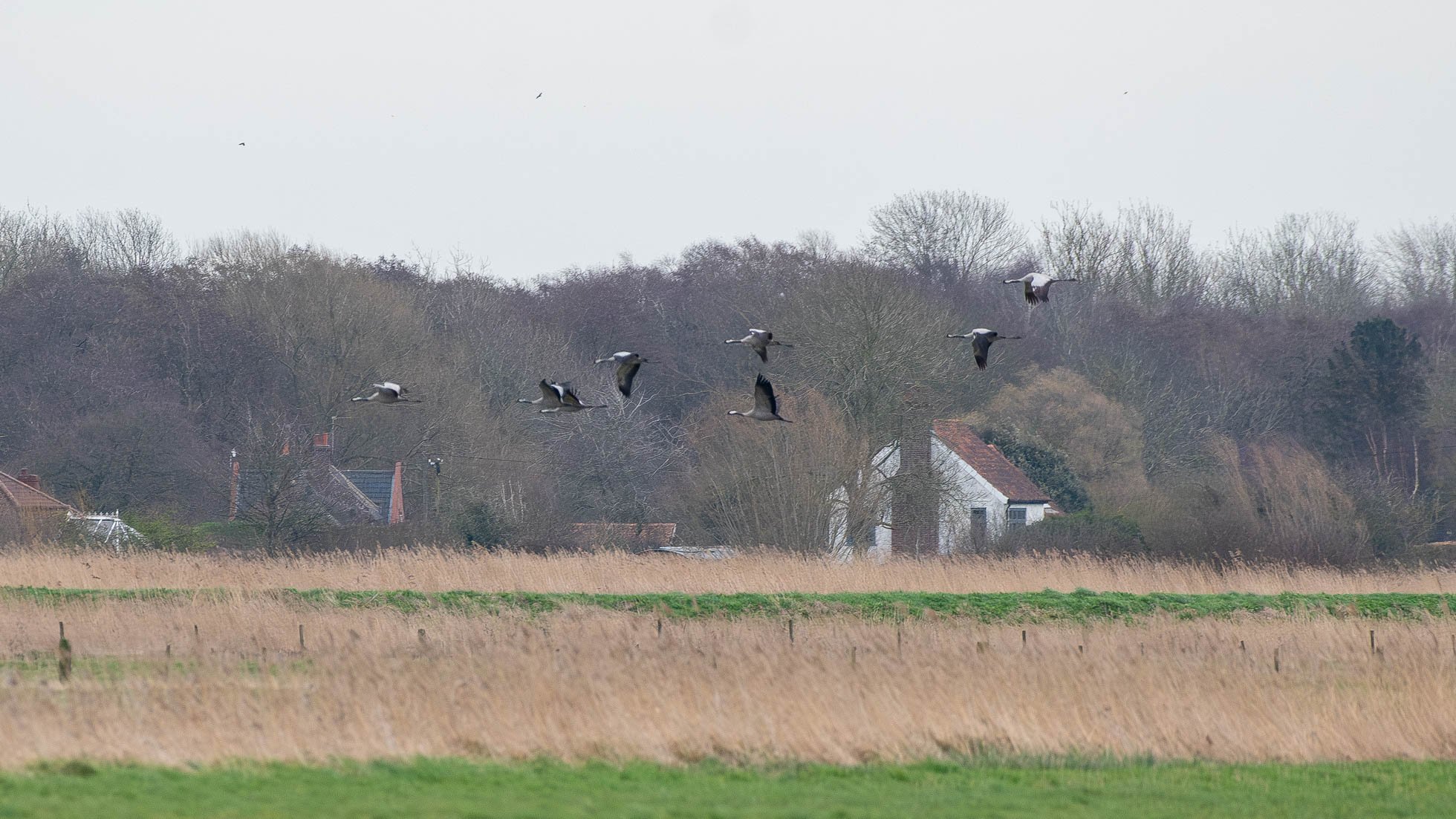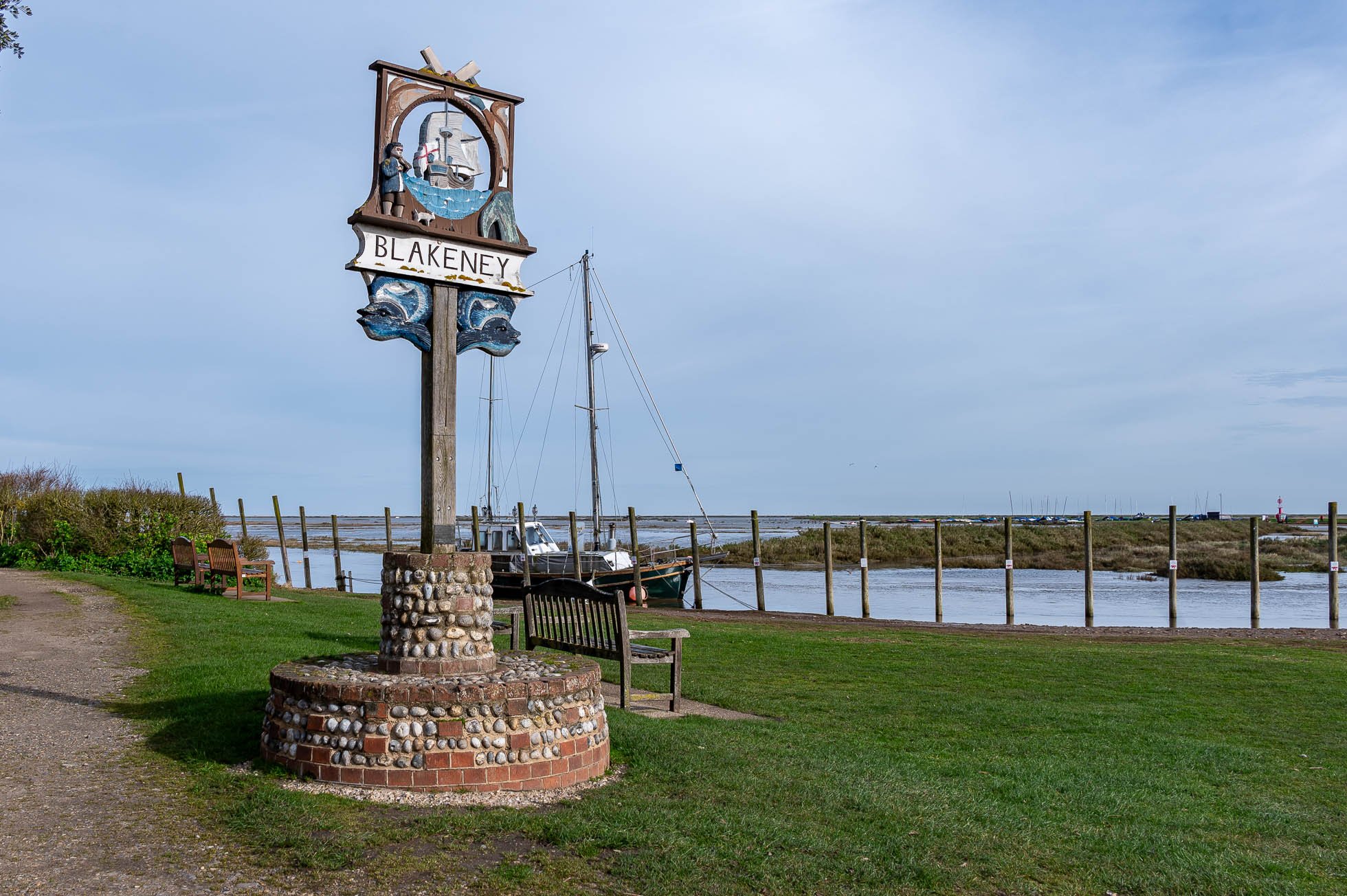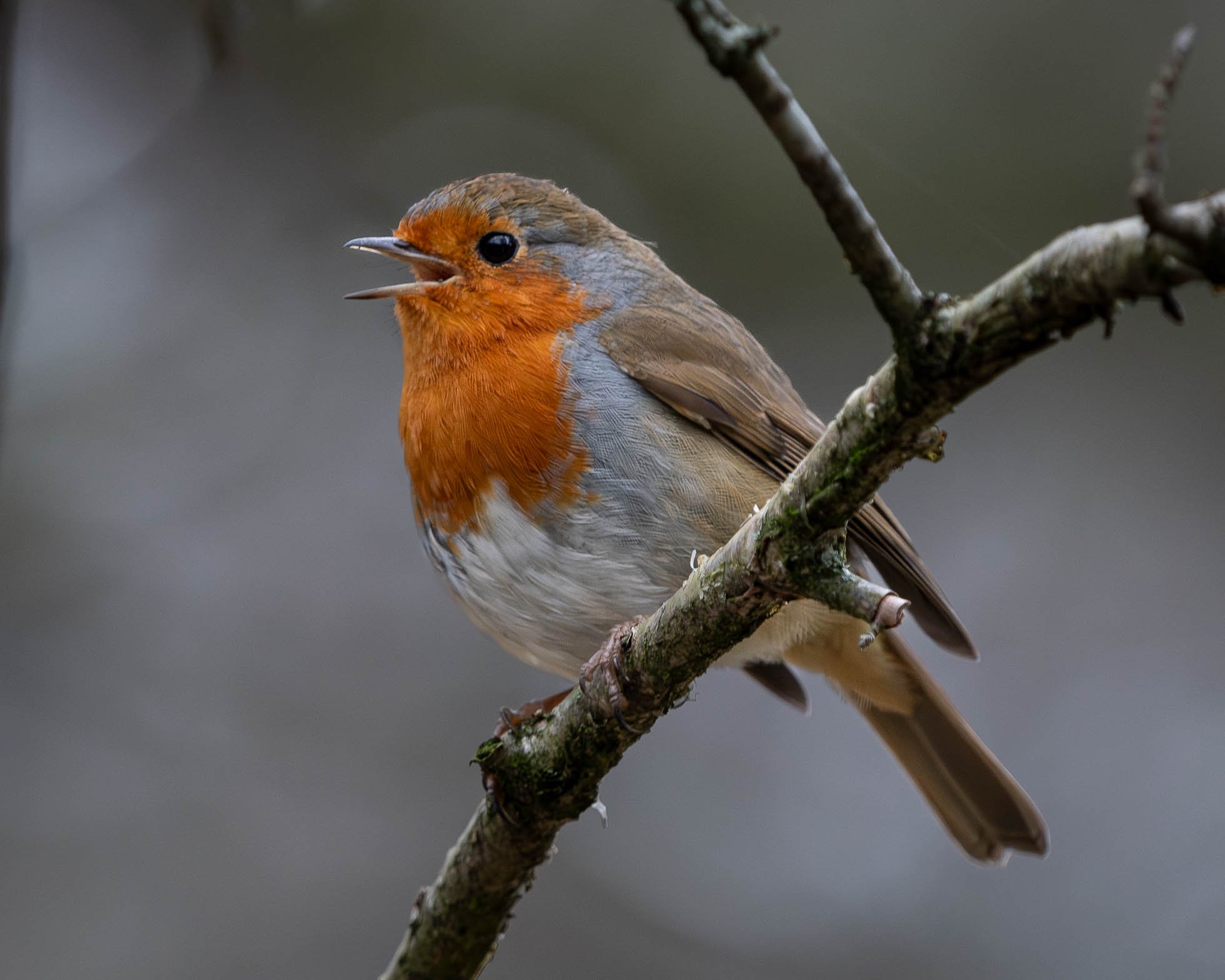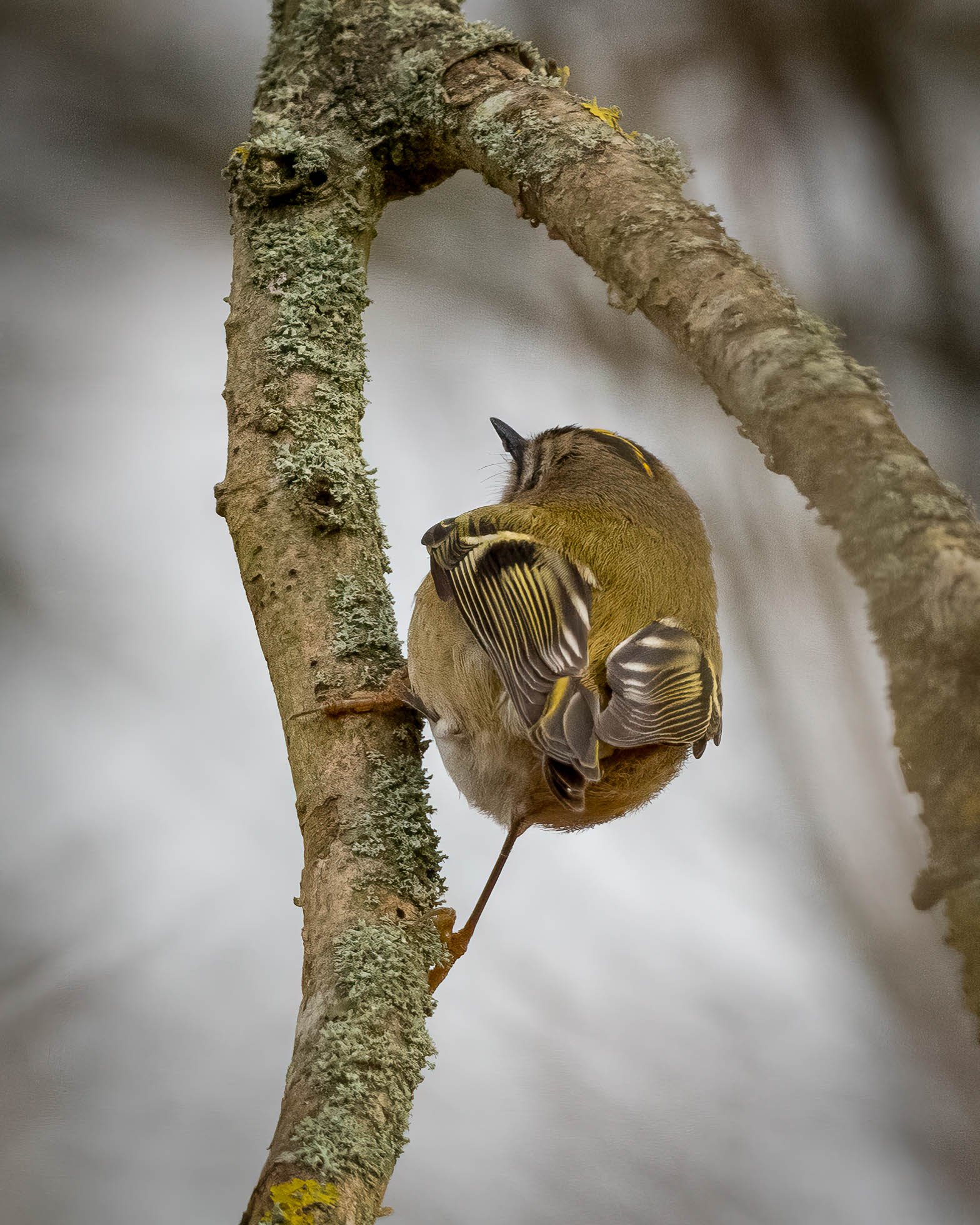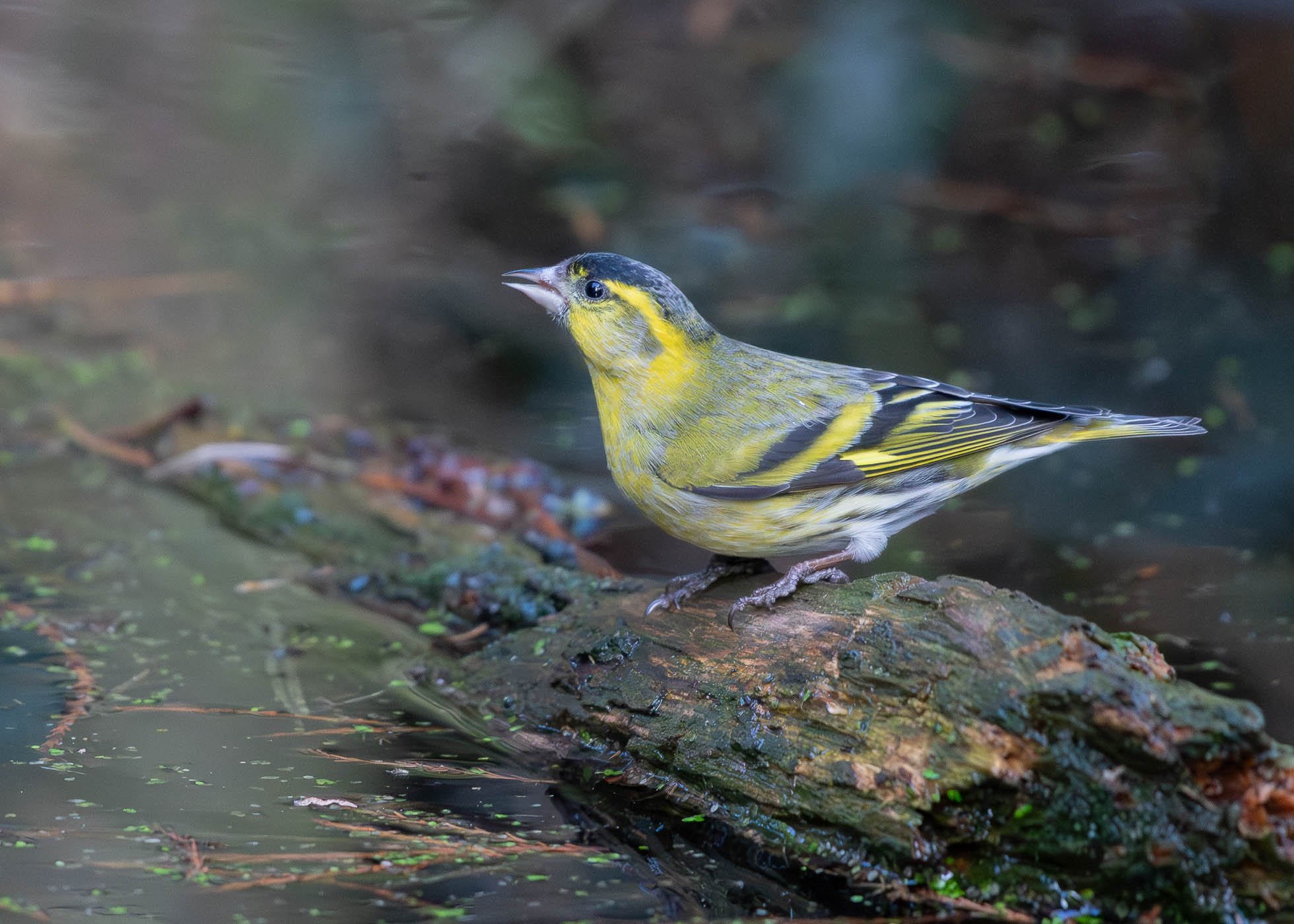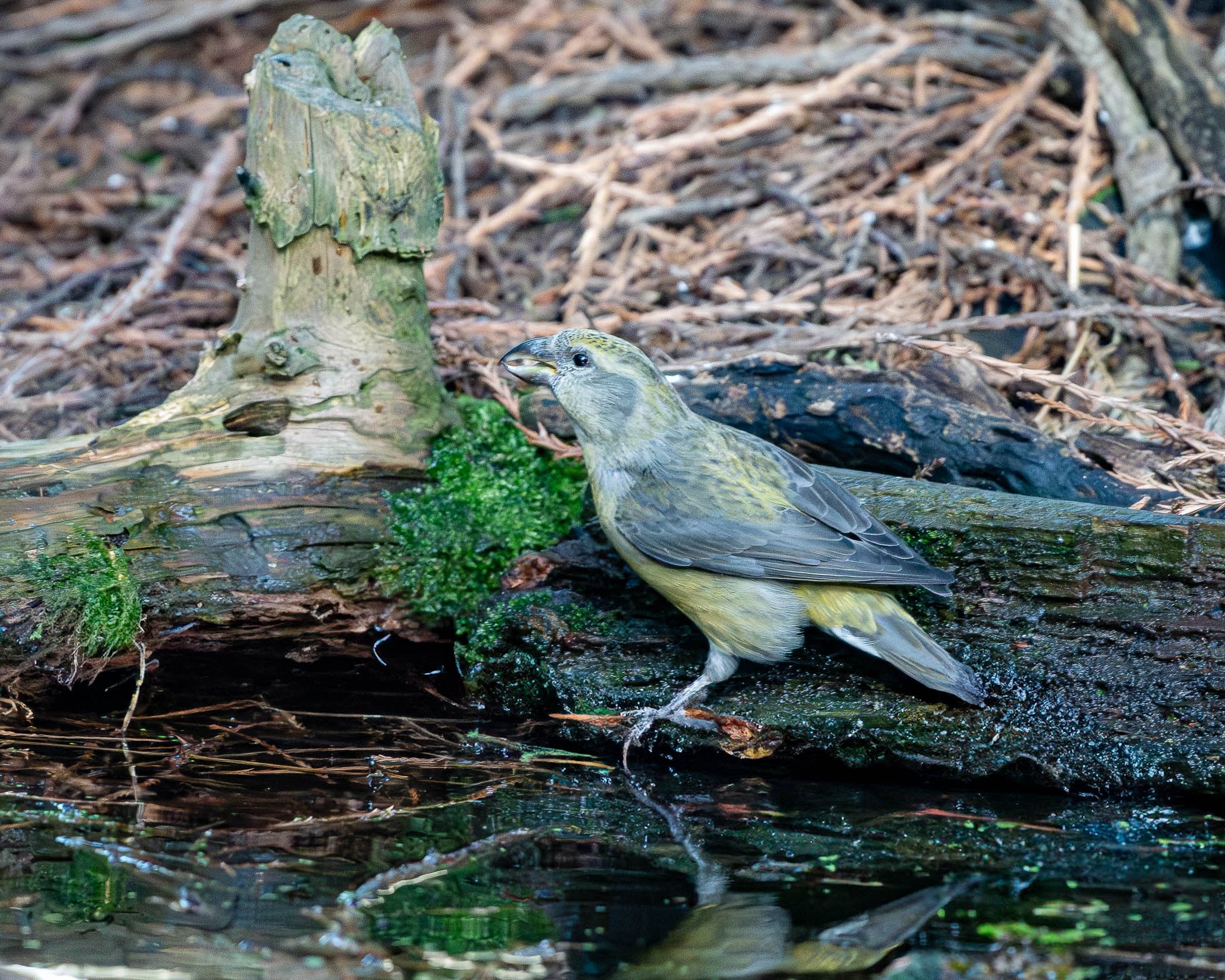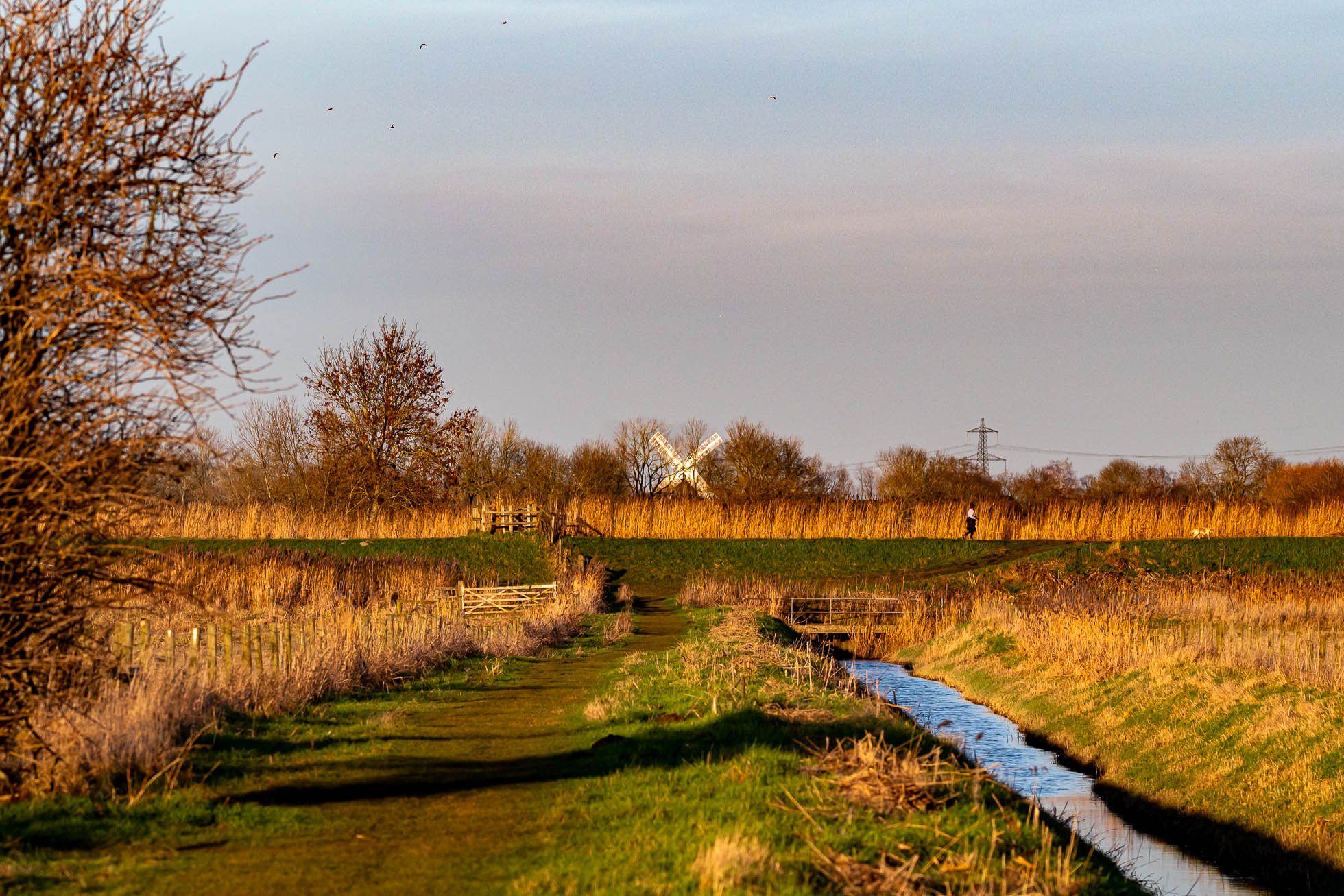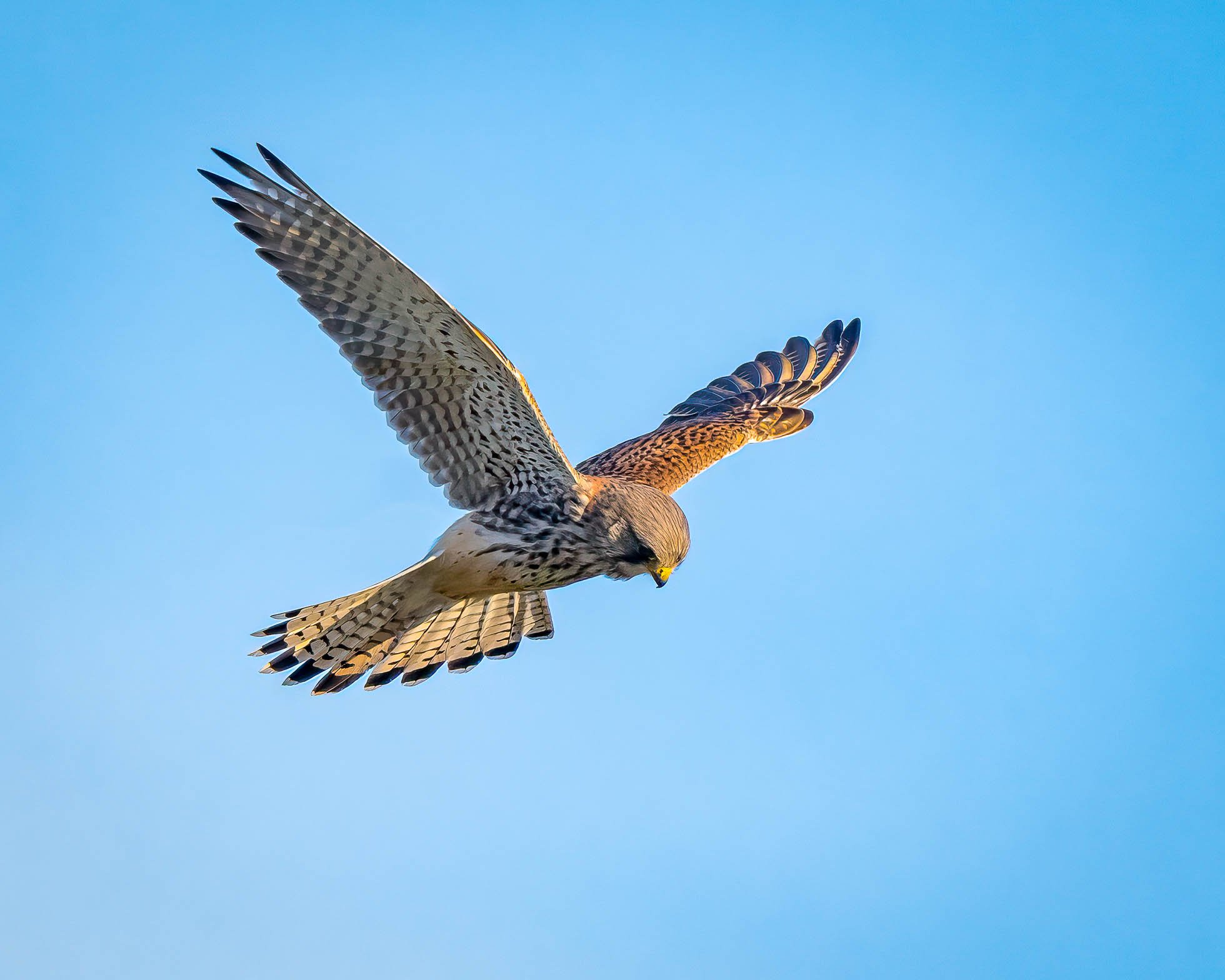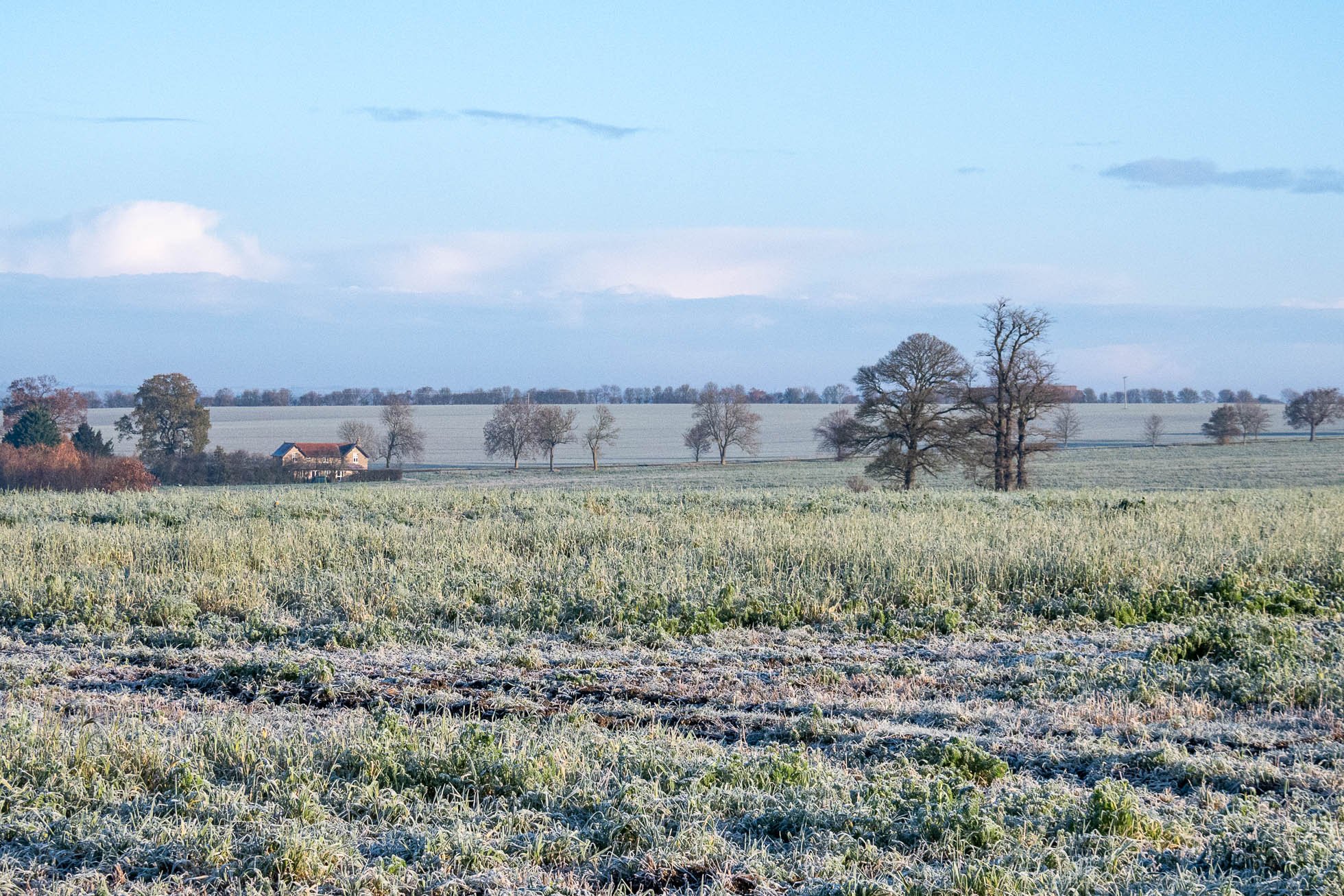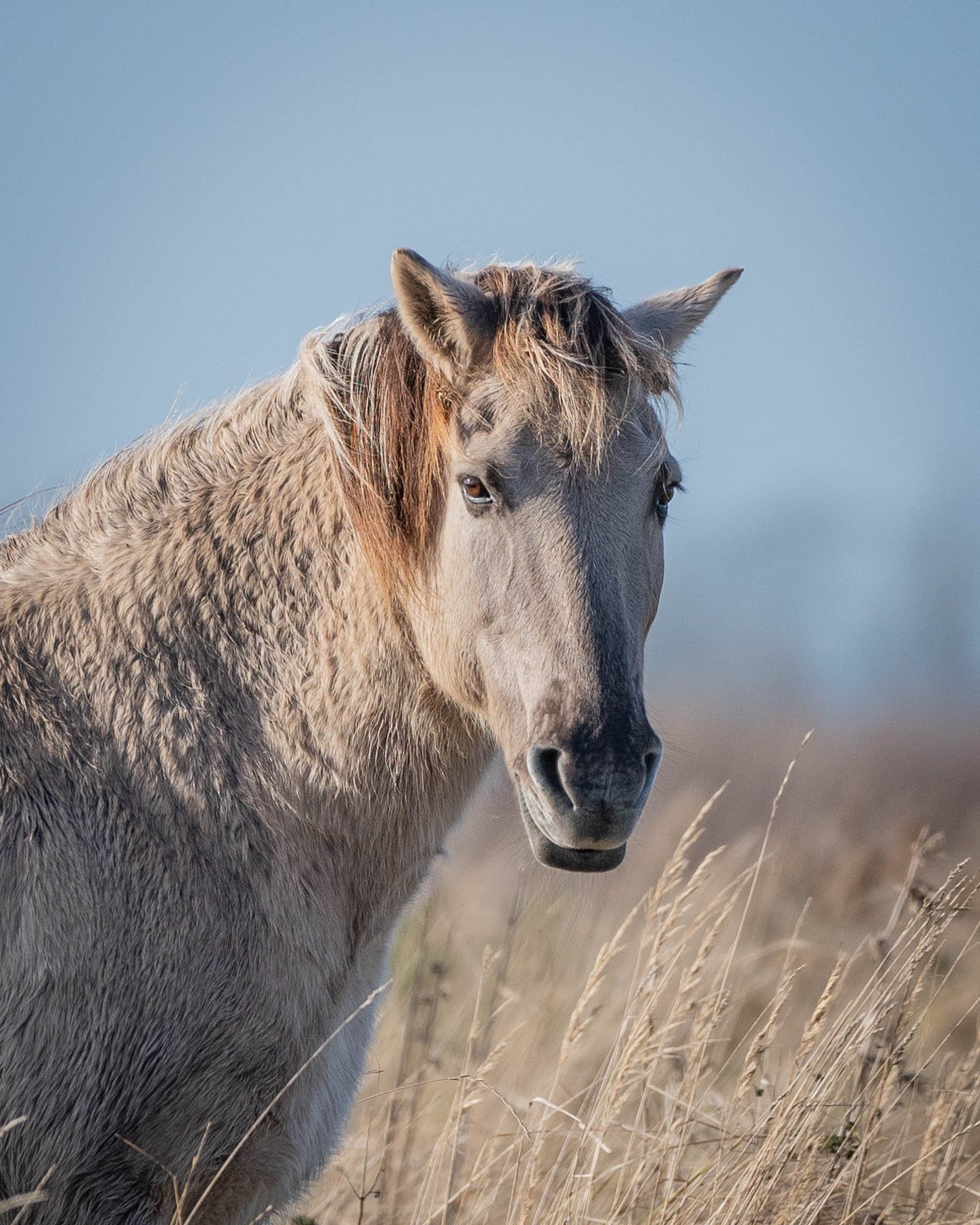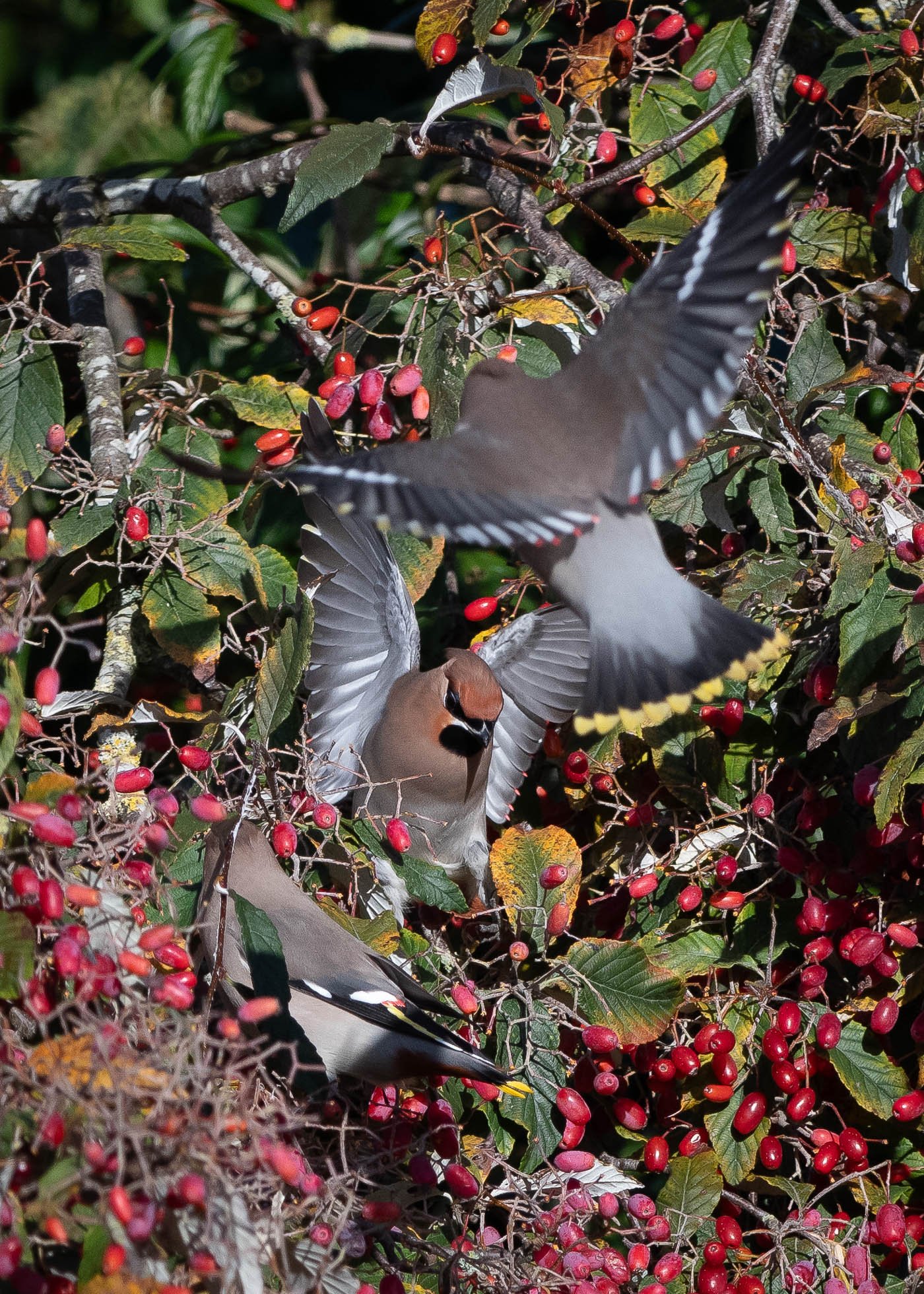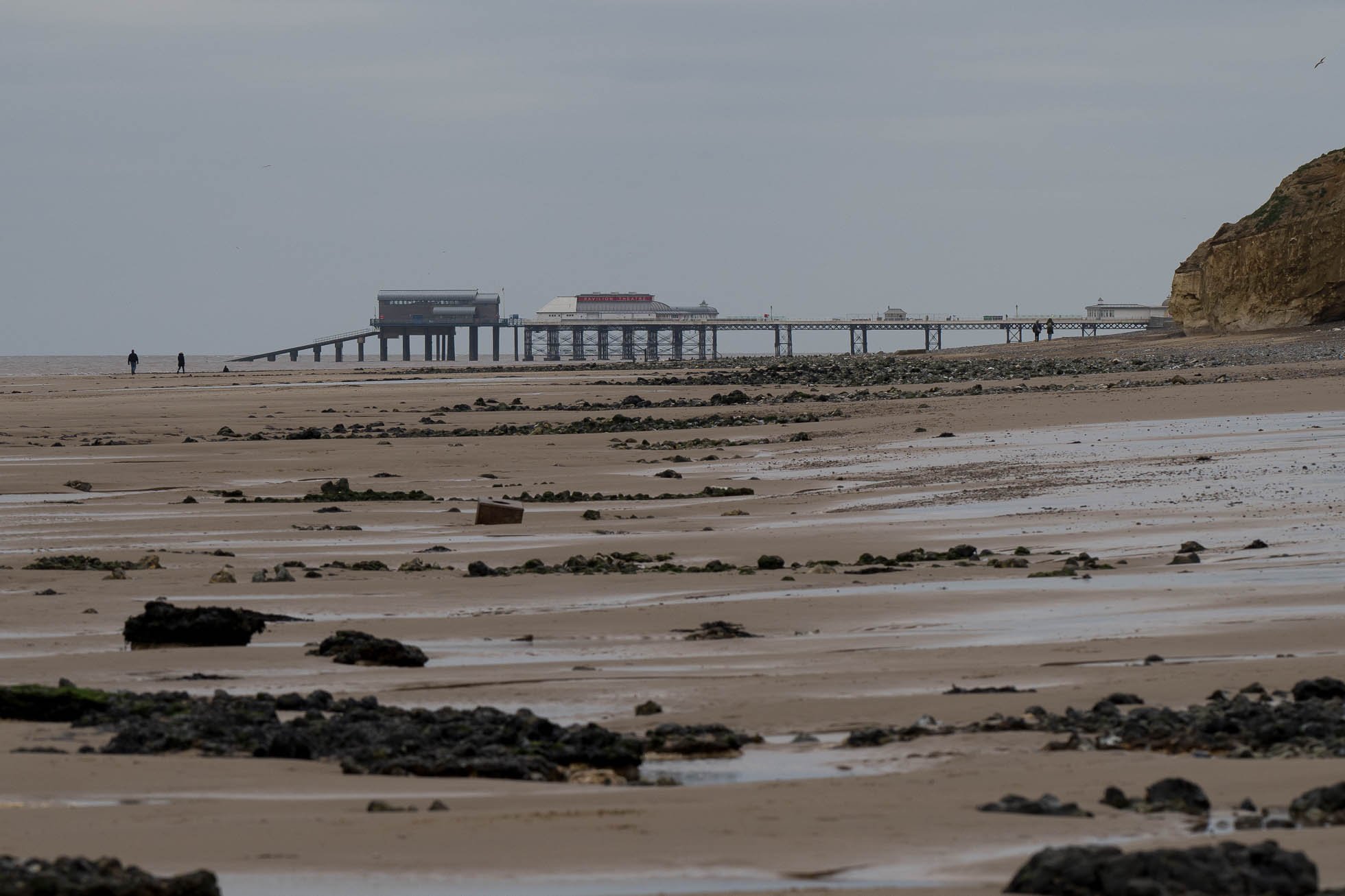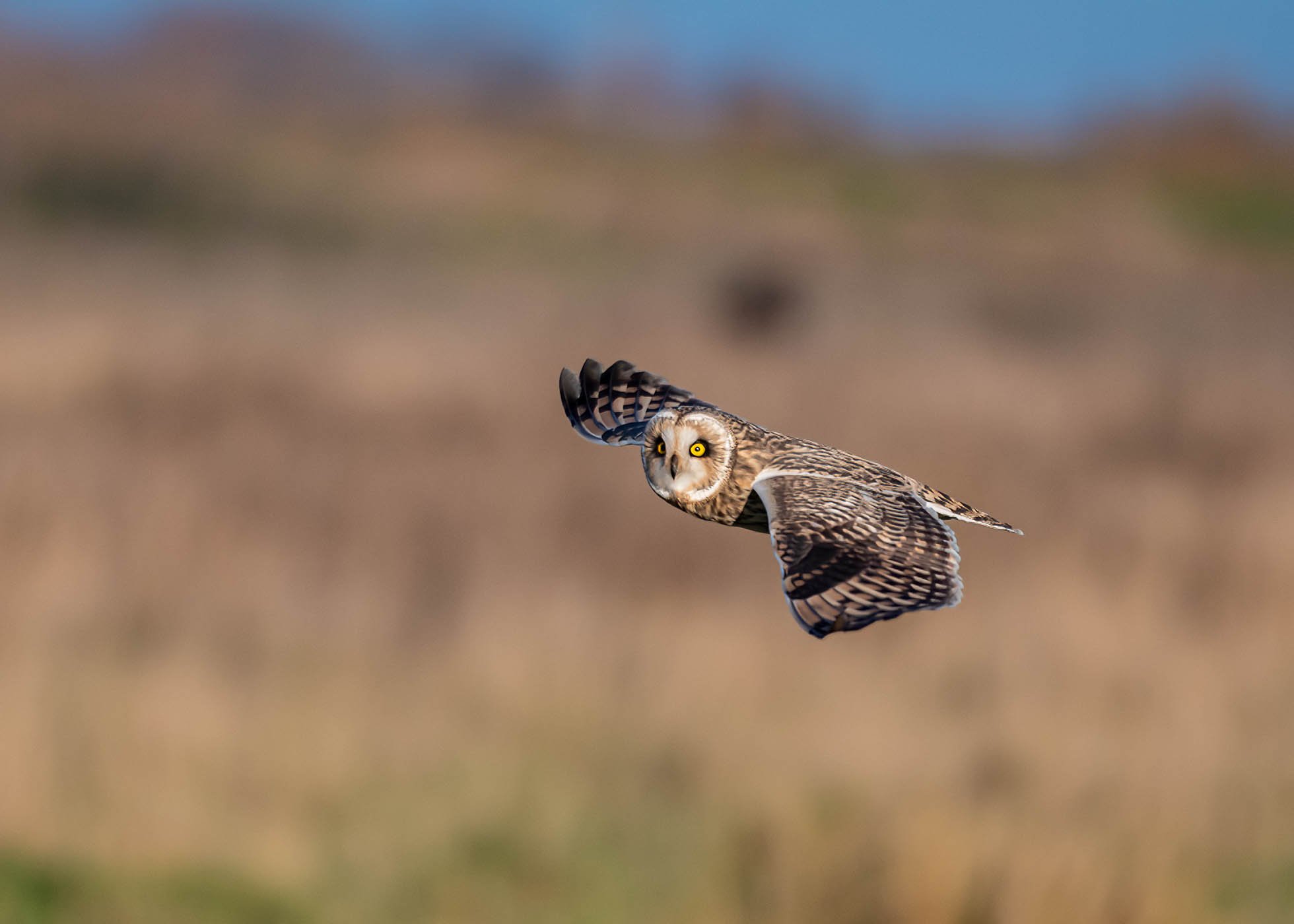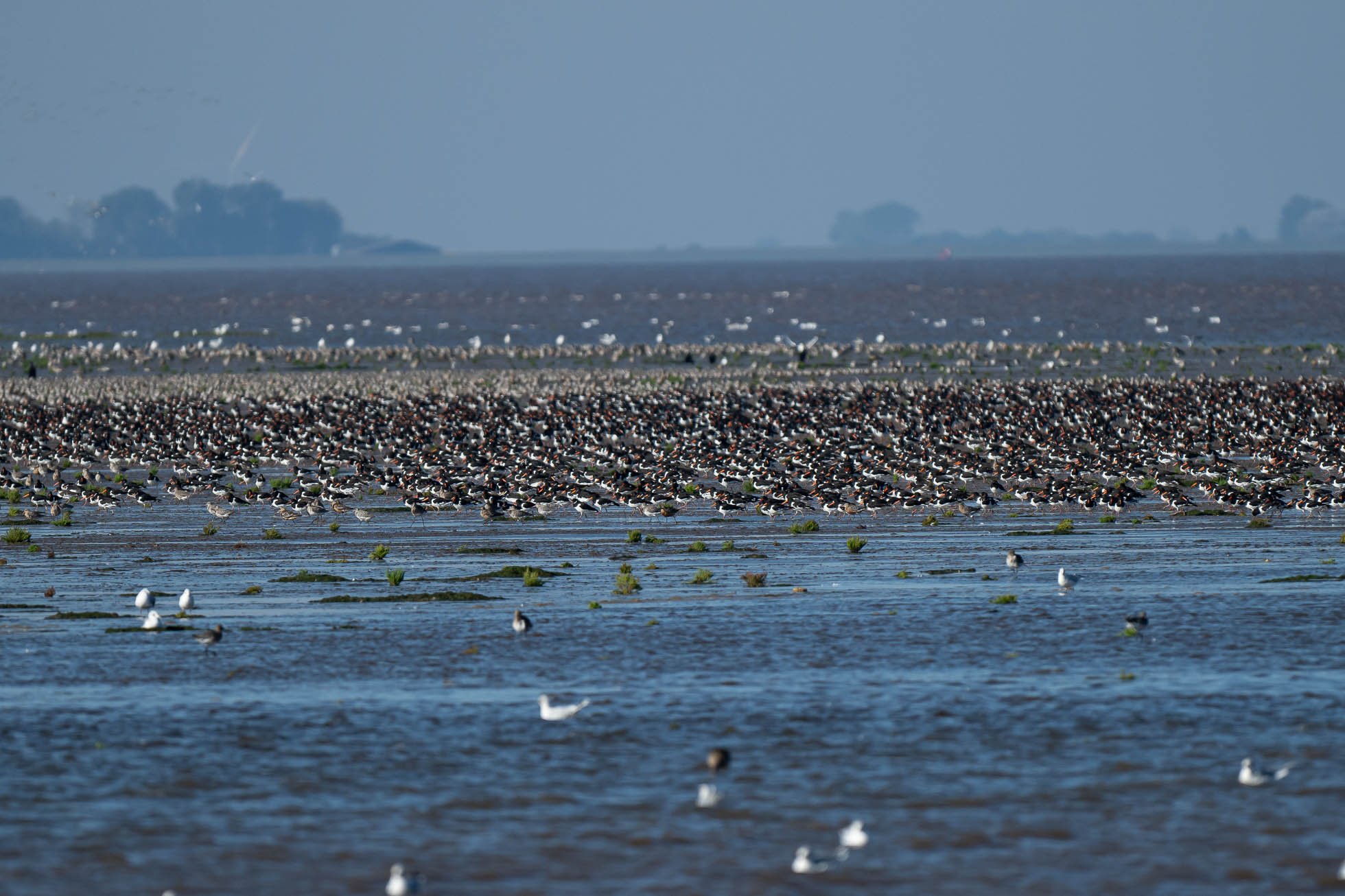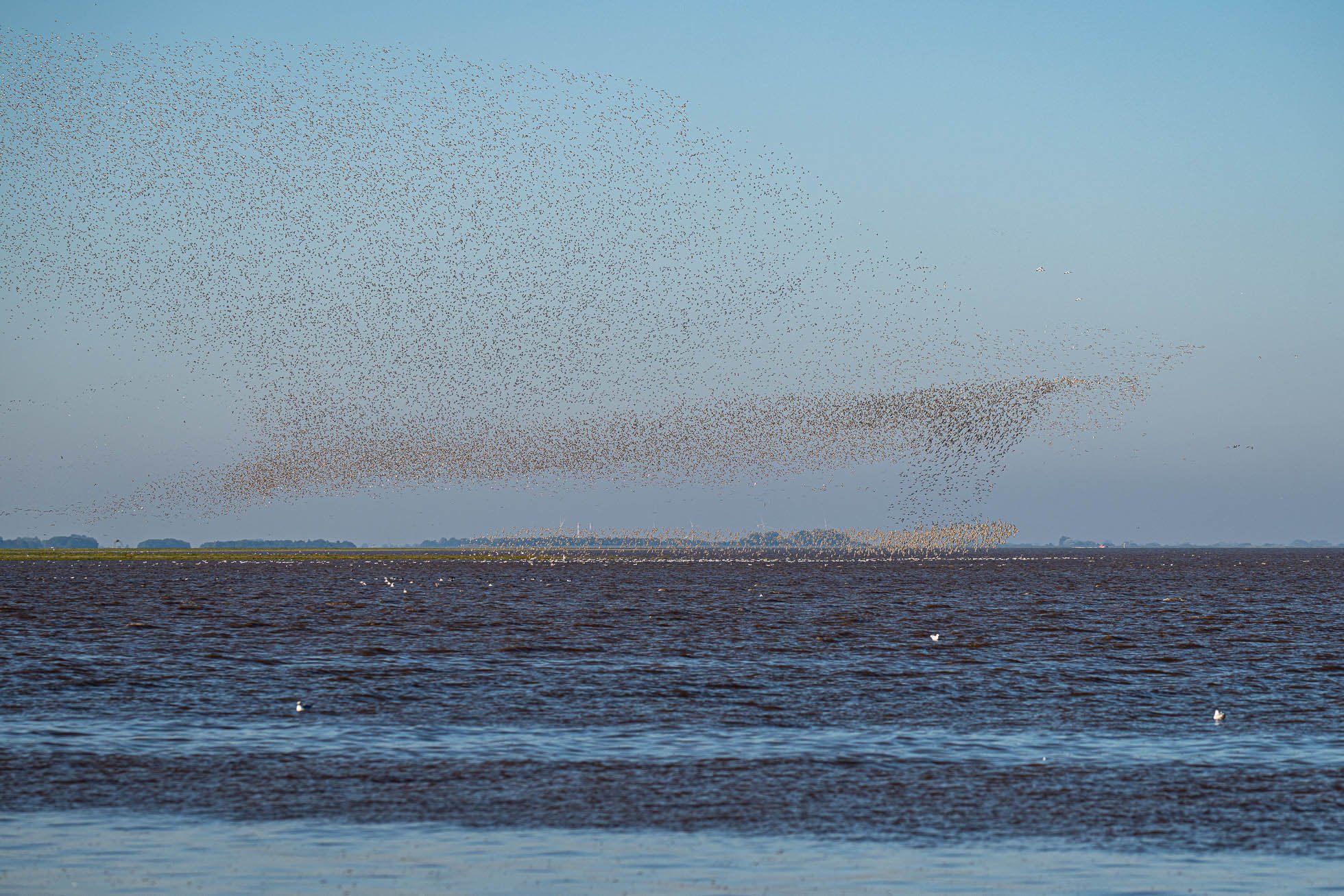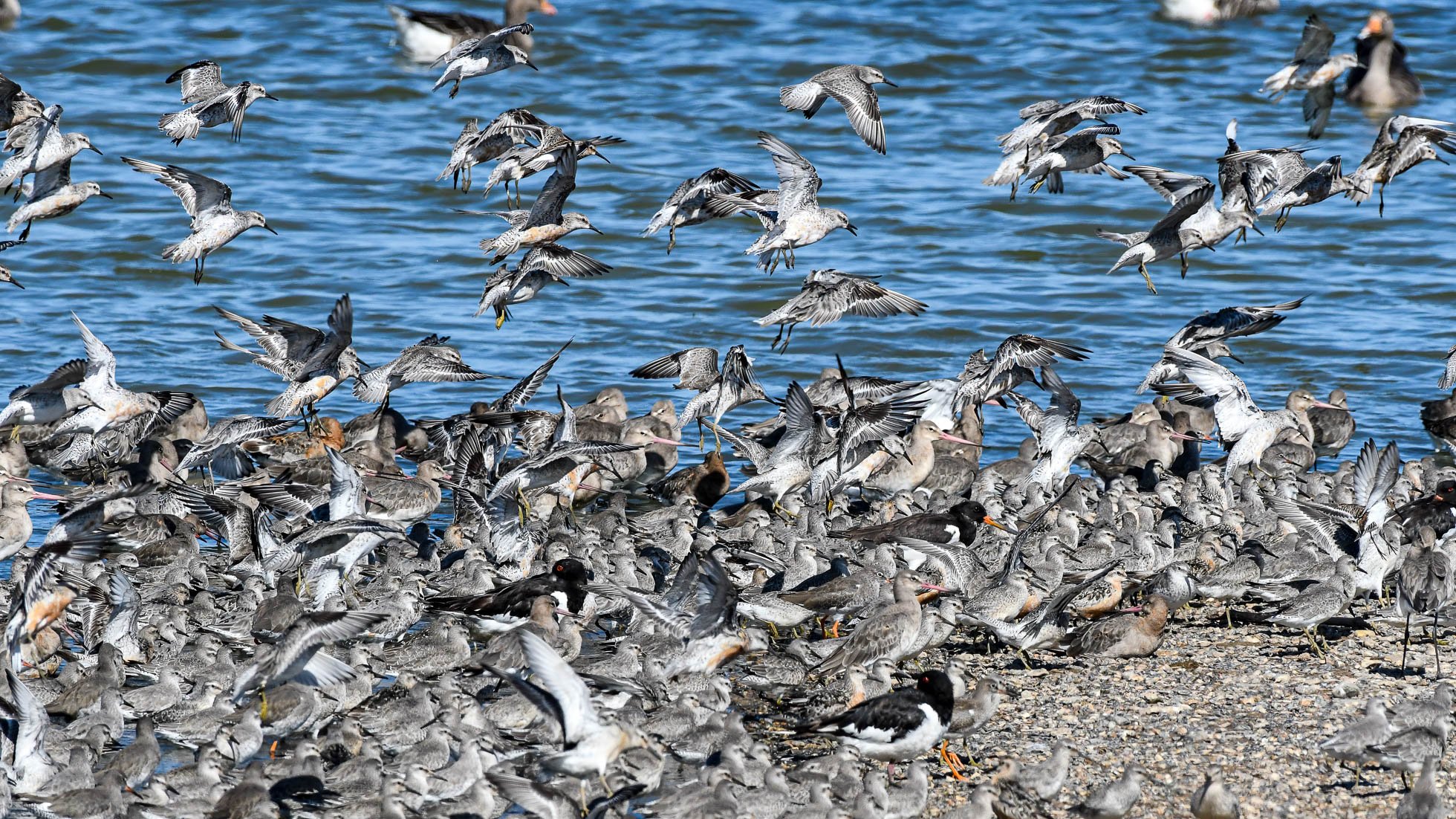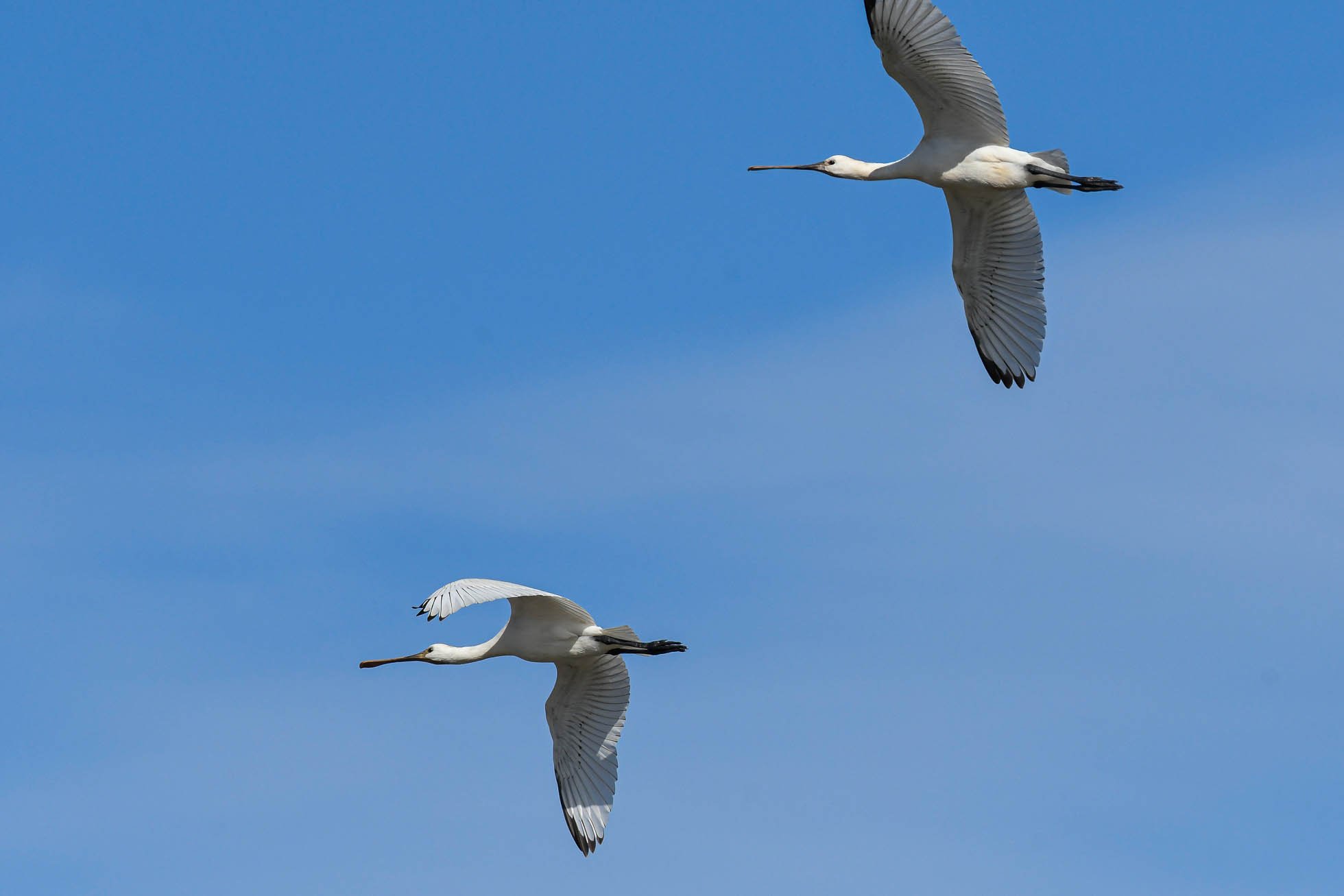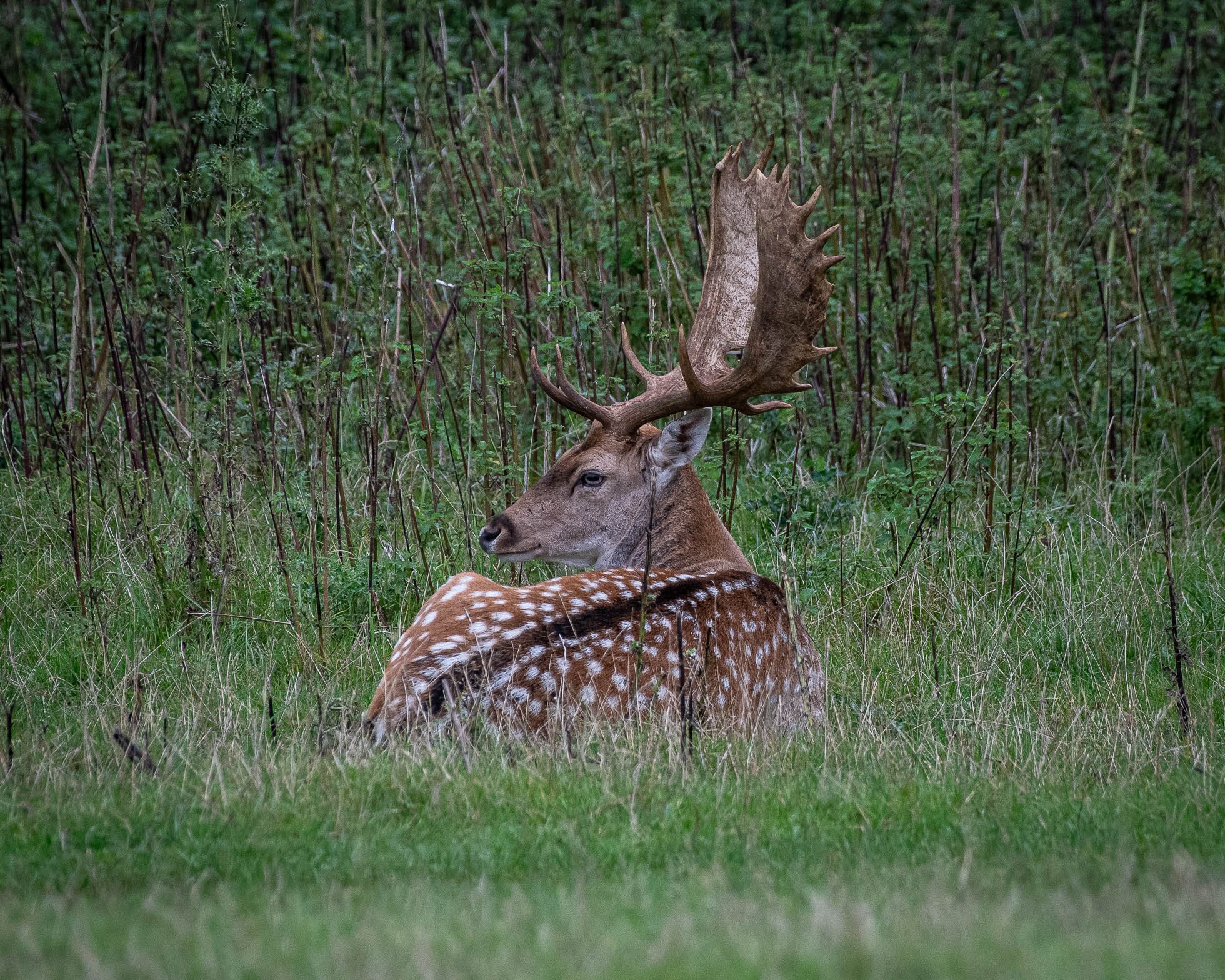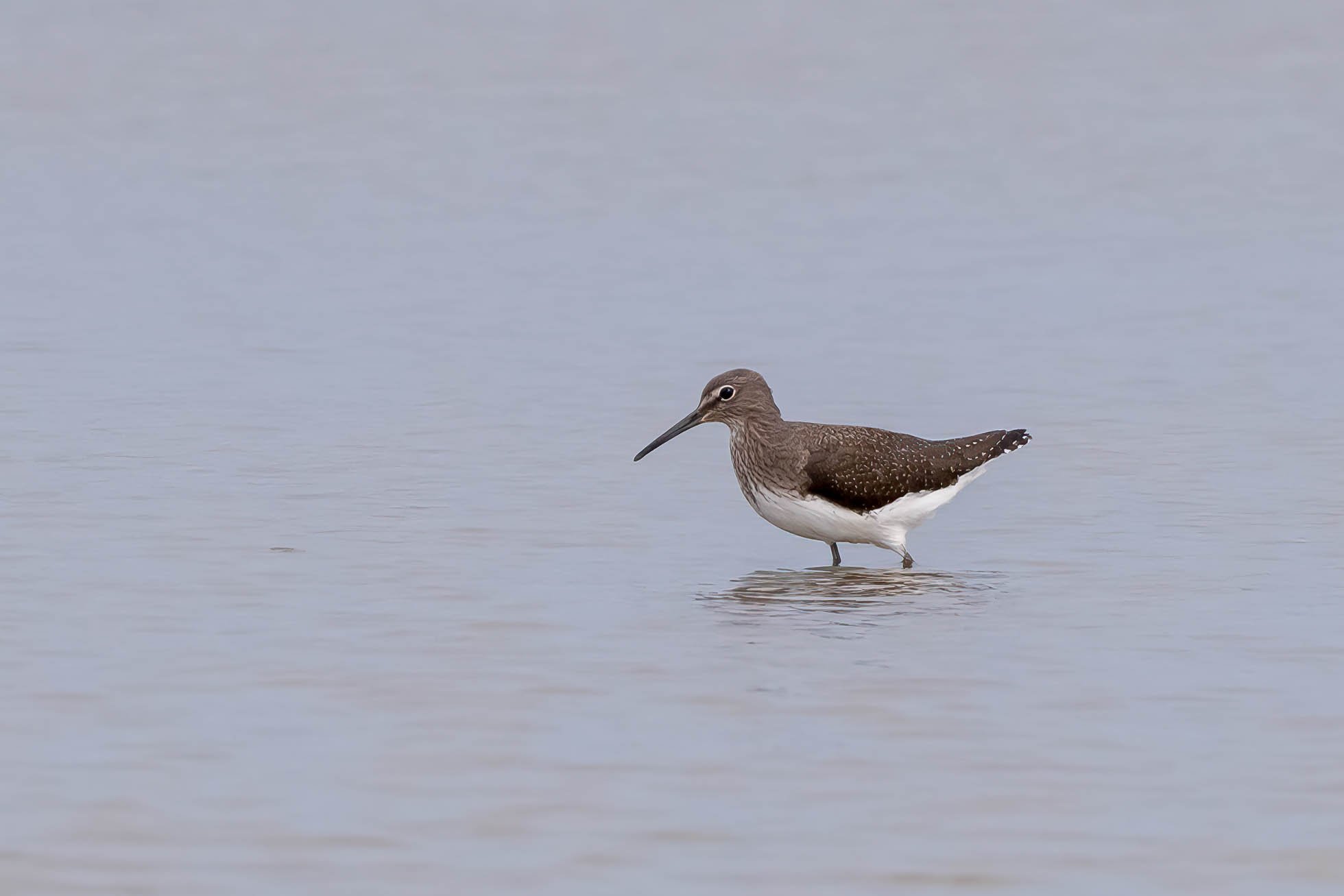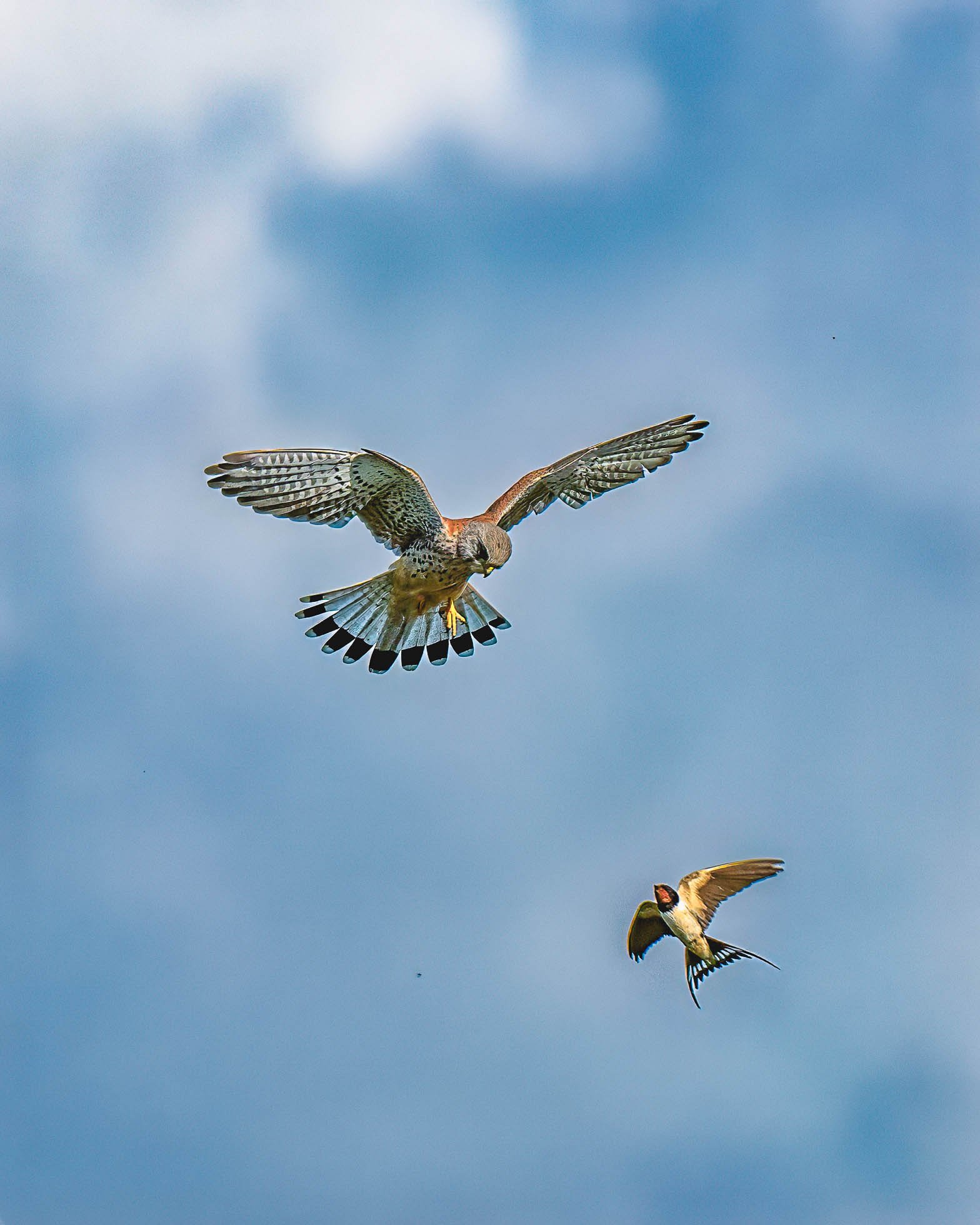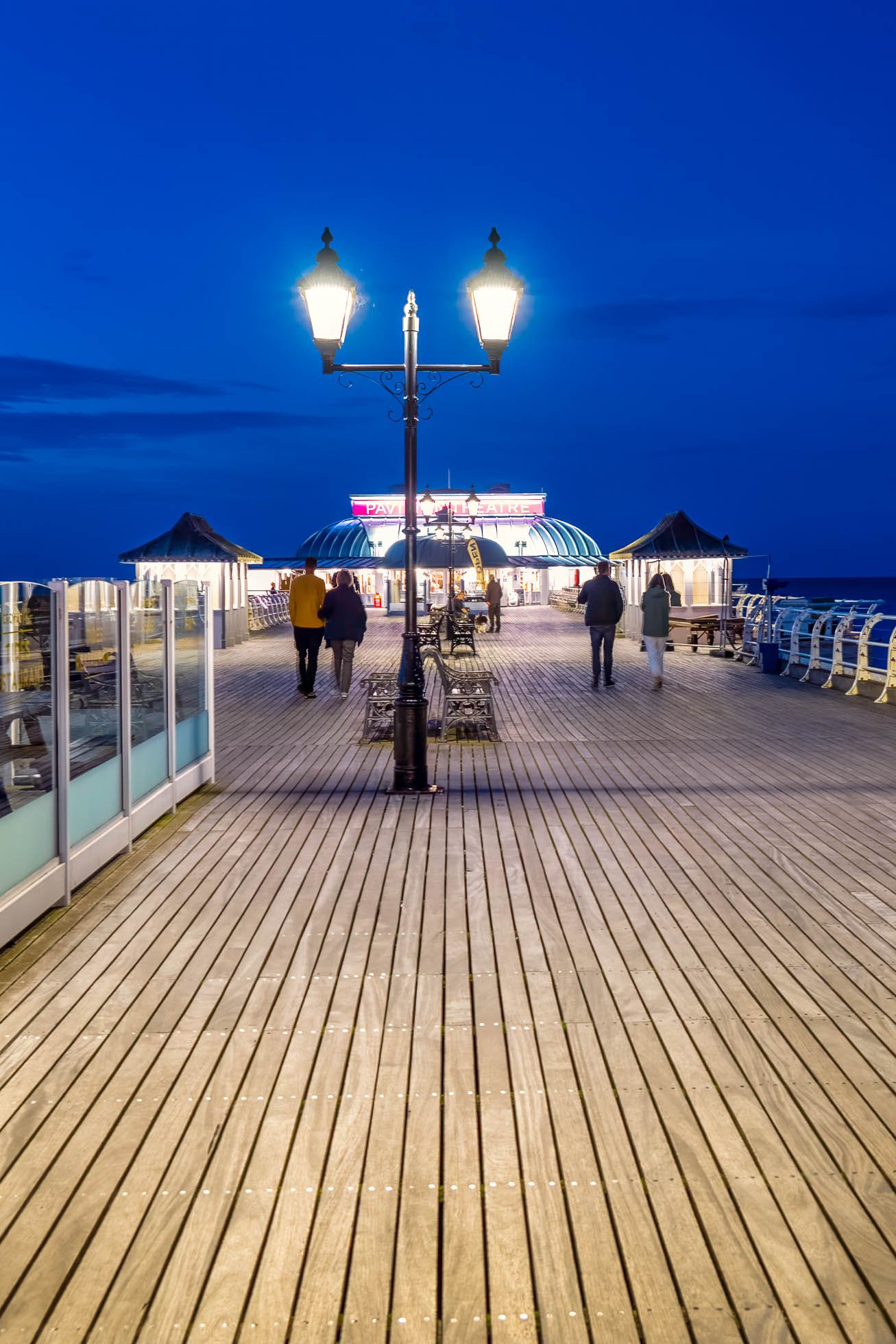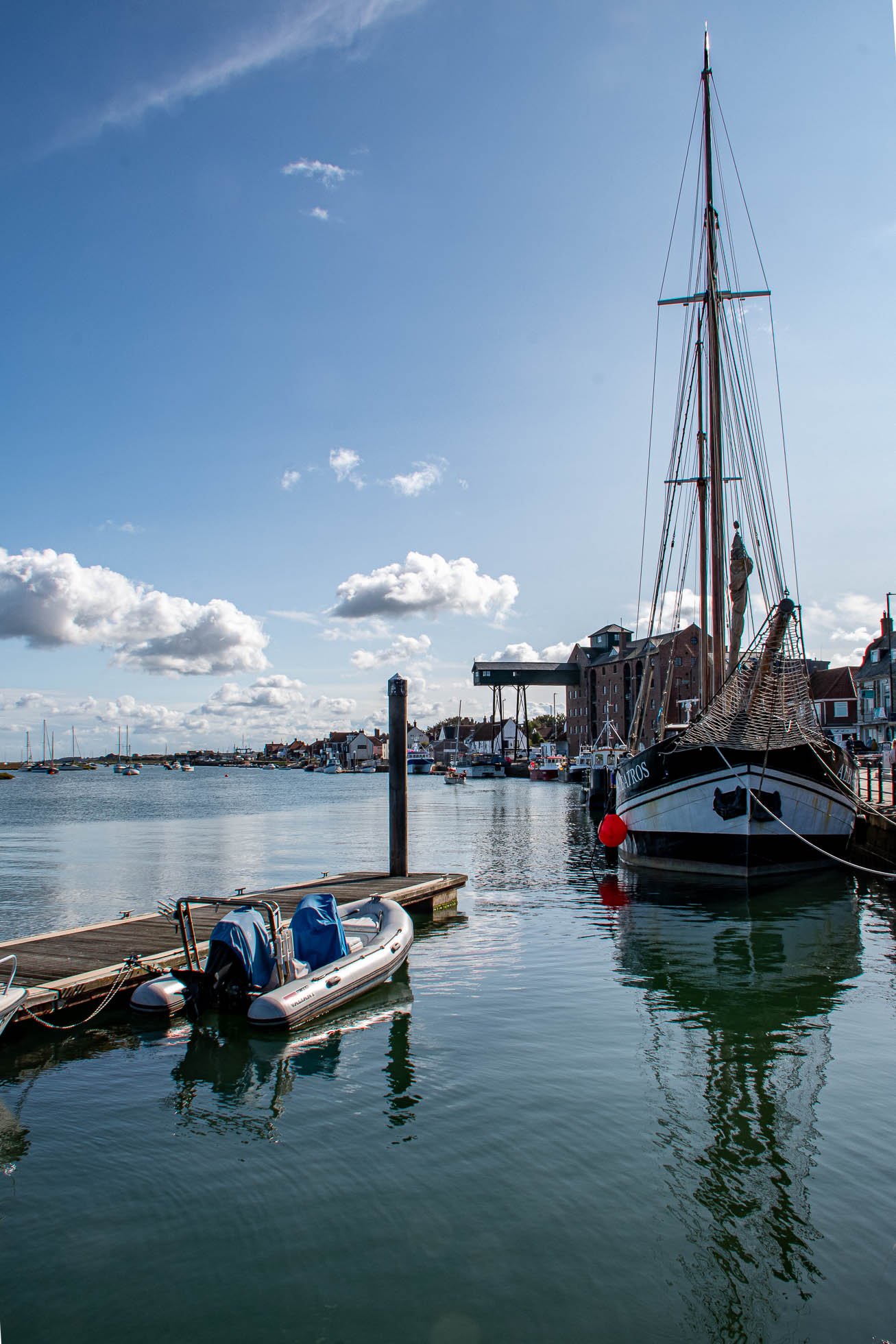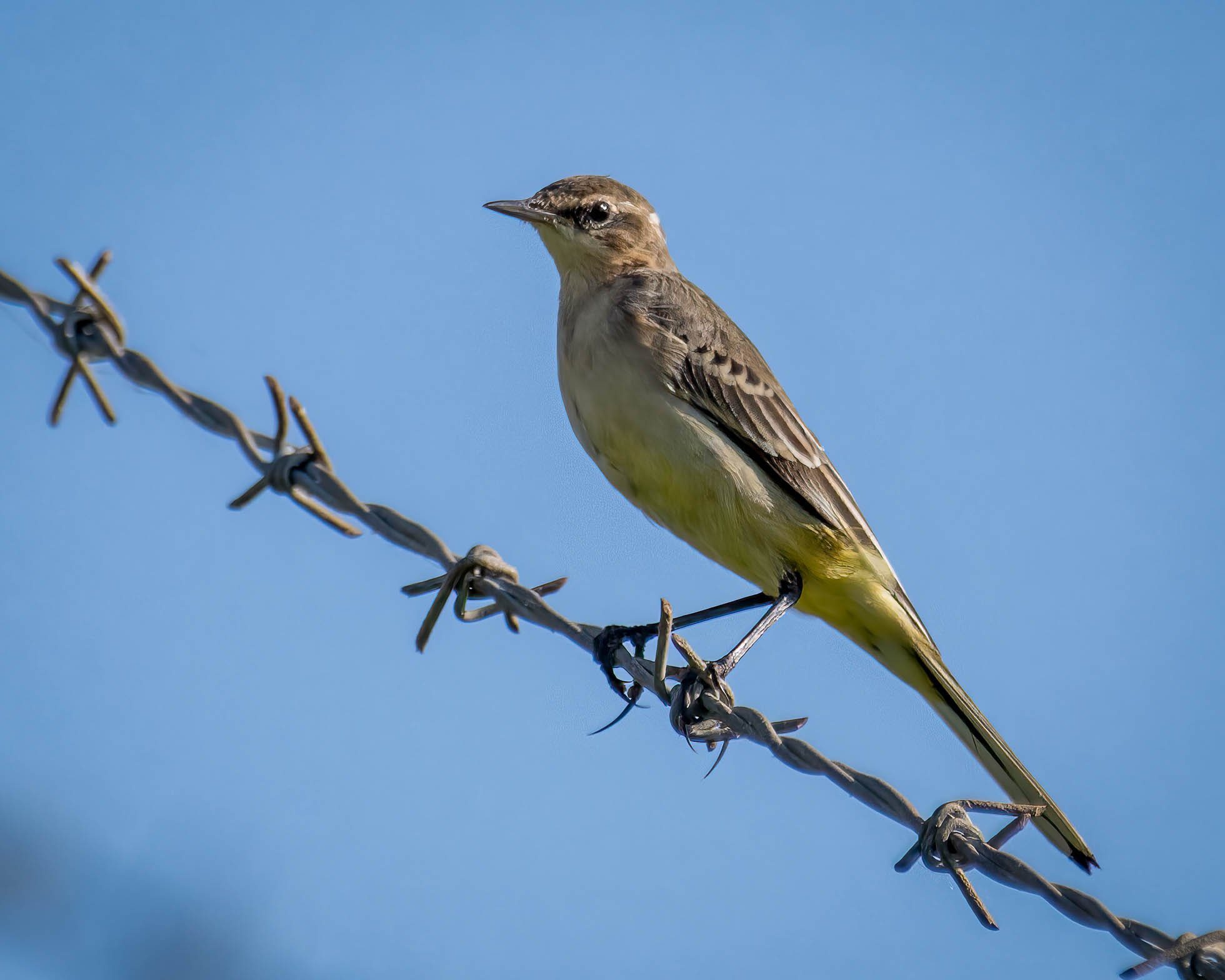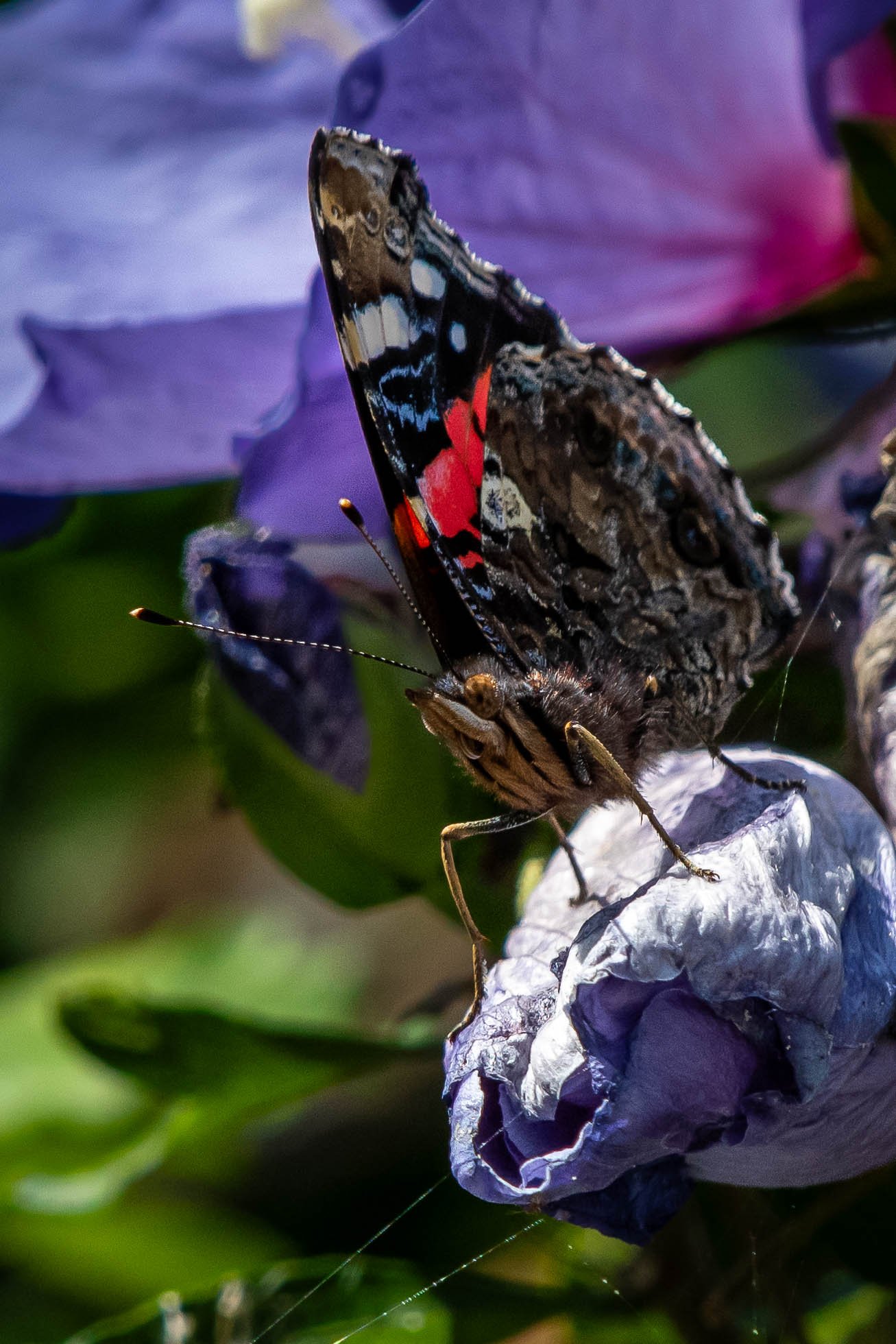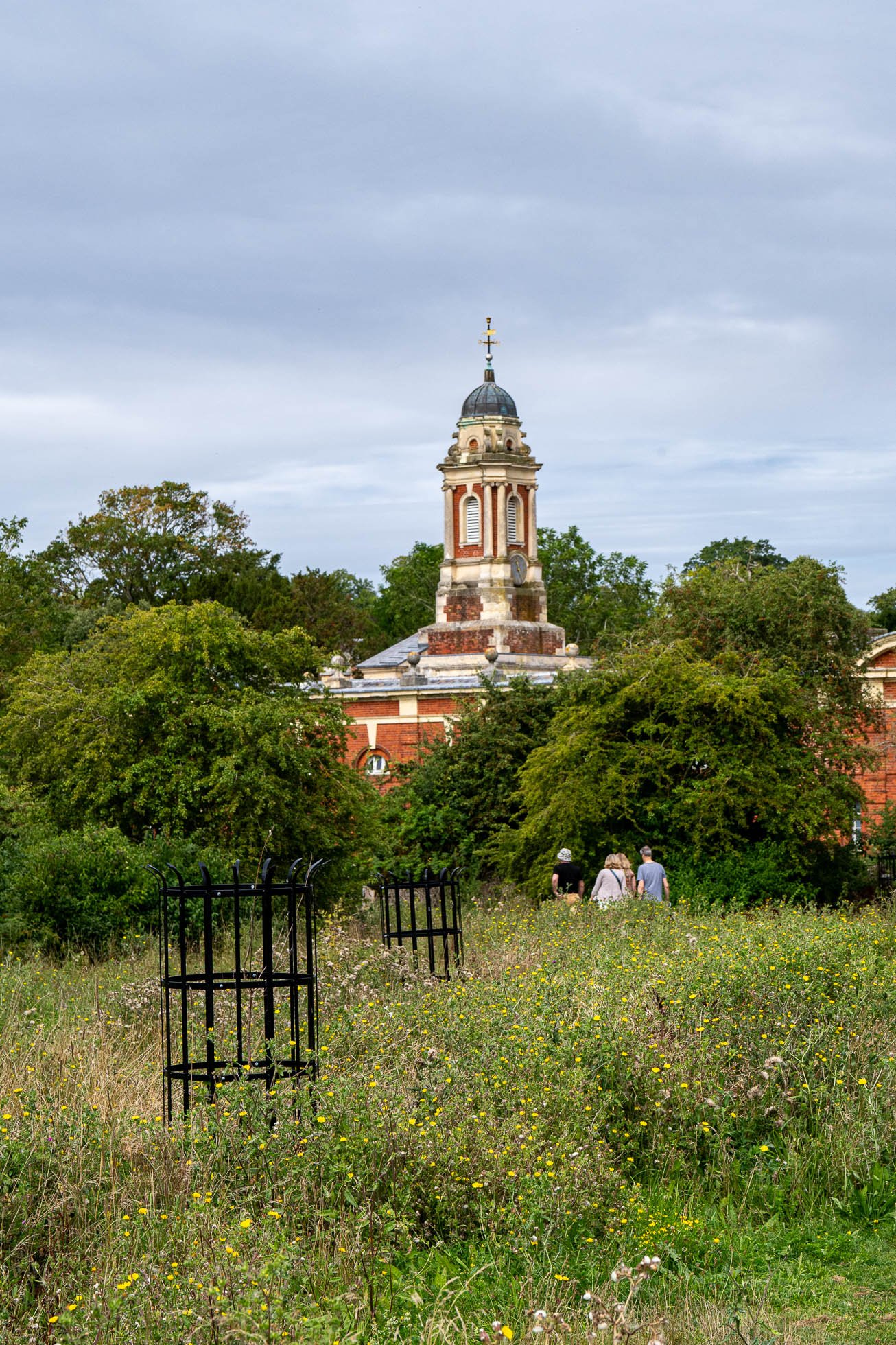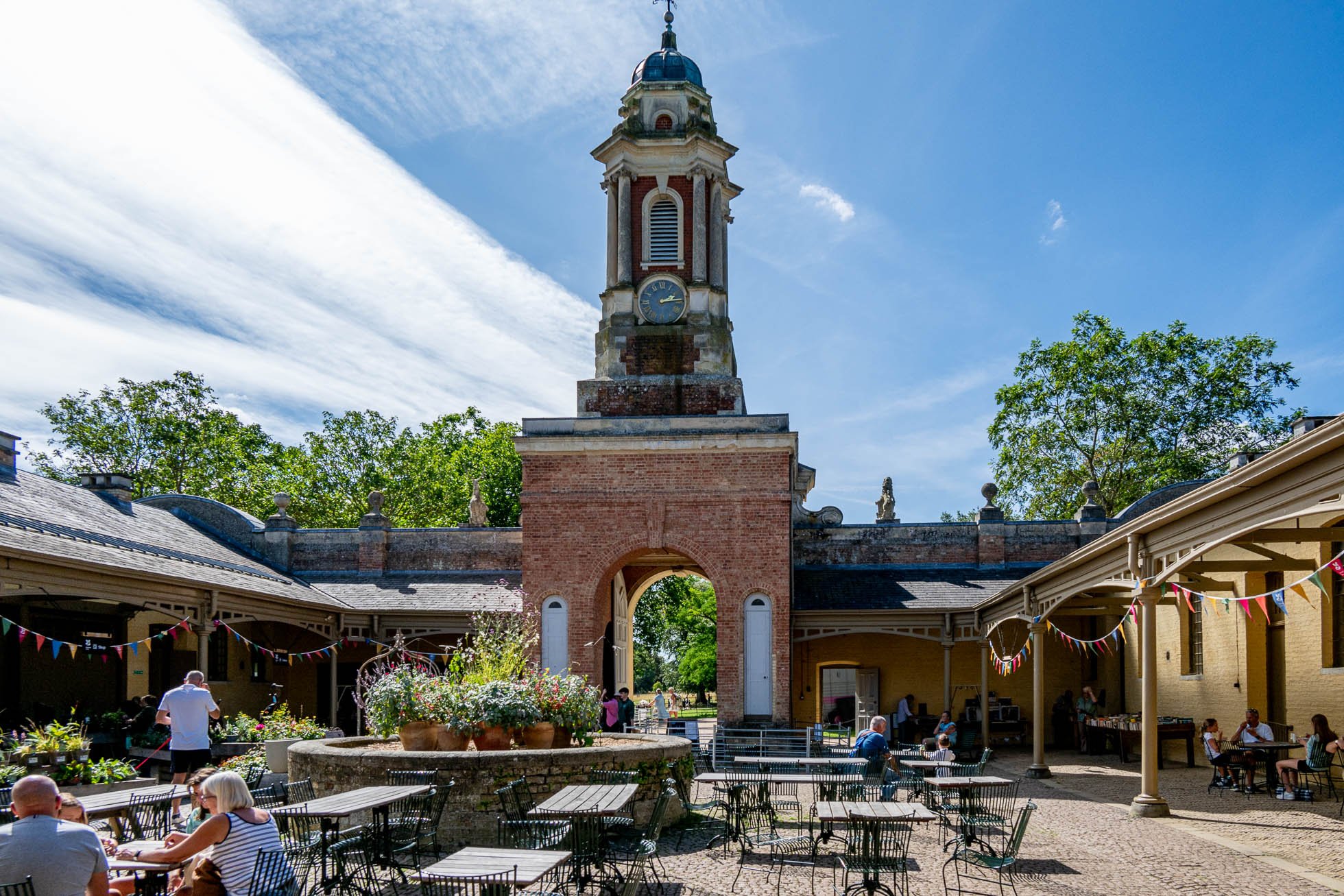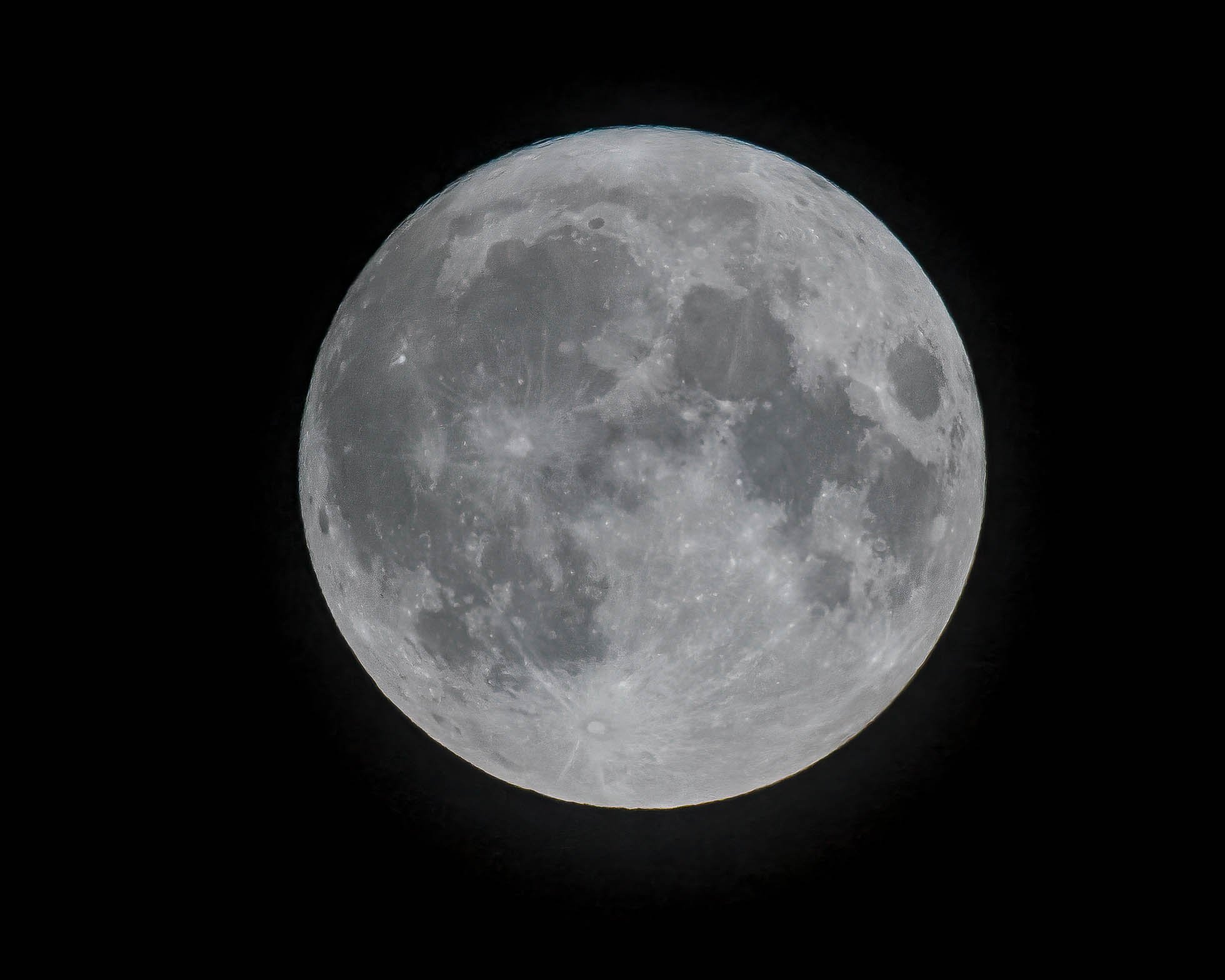The third day of January started with a ground frost, blue sky and little wind. A perfect winter photography day. We thought we would see what was about at Burwell Fen.
Love these traditional National Trust signs.
A Kestrel hovered and hunted around and feasted on several worms just the other side of the gate from where we were standing.
When he had his fill of worms he just flew up onto a nearby post.
A good spot to sit and digest his meal.
Its always a treat to see the herd of Konik ponies that graze the fen.
A very placid Highland Bull just quietly munching away and letting the ponies do all the running around. Its all much to energetic for him.
We were just thinking of calling it a day, no Short Eared Owls to be seen today, when the Kestrel once again landed in front of us. After waiting to make sure we had photographed him with his prey, it was like he was showing us what he had caught, he flew just along the ditch and cached it for later. We are not entirely sure what he had in his talons but we think it may have been a mole. He was having a really good hunting day.
A few days later and another bright, frosty, calm day and ideal conditions to pick up some Bearded Reedlings at the Ouse Fen RSPB. These endearing little birds do not like it when it is too windy, and for obvious reasons they stay low in the reeds and are difficult to find. On this day they were everywhere and very easy to spot.
The Bearded Reedlings get their name from the males black moustache.
The females are pretty in their own delicate way.
Bearded Reedlings are not that easy to photograph as they are so quick. They flit about from reed to reed hardly stopping to rest, and calling to each other all the time.
A male Bearded Reedling thinking about a bit of ice skating.
He surpised us, or did we surprise him, not sure which, but a quick picture of the fleeing Chinese Water Deer was the best we could manage.
A Sunday morning and the end of this spell of cold frosty weather was forecast so a long morning dog walk was the order of the day before the paths turned back to mud again.
The allotments looked a bit a cold and abandoned as we walked past, but the seed heads always look beautiful in the frost.
The Great Garden Birdwatch at the end of January and our best spot was a Male Blackcap that was around for few days before moving on. As usual, most of the birds decided to disappear when we started counting.
We are still putting out the camera traps but we keep encountering frustrating hiccups like the flashes don’t work, or the animals by pass the sensor, or most frustratingly of all the focus went awry and we missed out on some lovely fox pictures. So still work in progress but we are getting there.
Our garden Wood Pigeon sits here for ages, wonder what he thinks about.
We have had several private photography projects on the go this month, and from these have come requests from local landowners to photograph the wildlife on their land. This will keep us busy this year.
The news from the government to go ahead with the Cambridge to Oxford rail link, with a new station, thousands of houses along the route, and the aim for our own silicon valley, is very worrying. It will pass close to our village boundary. The plans show the destruction of hedgerows, countryside, farmland, and this is just to house the logistics and construction, before the actual railway is built. Our friends who farm a Nature Friendly Farm and over the years have encouraged rare farmland birds and animals, are due to lose a lot of their land, with the line passing close to their house. Disgraceful how the land can just be acquired and pay the owners little for it. Also there are no plans to electrify the line as it will cost too much money, so more pollution. We are already living on the edge of all the work going on for the Caxton Gibbet to Black Cat roundabout improvements. Everything in its path has been destroyed and the fields are now just a sea of mud and water and vehicles that look like yellow dinosaurs. What are we doing to this area!


















































































































































































































































































































